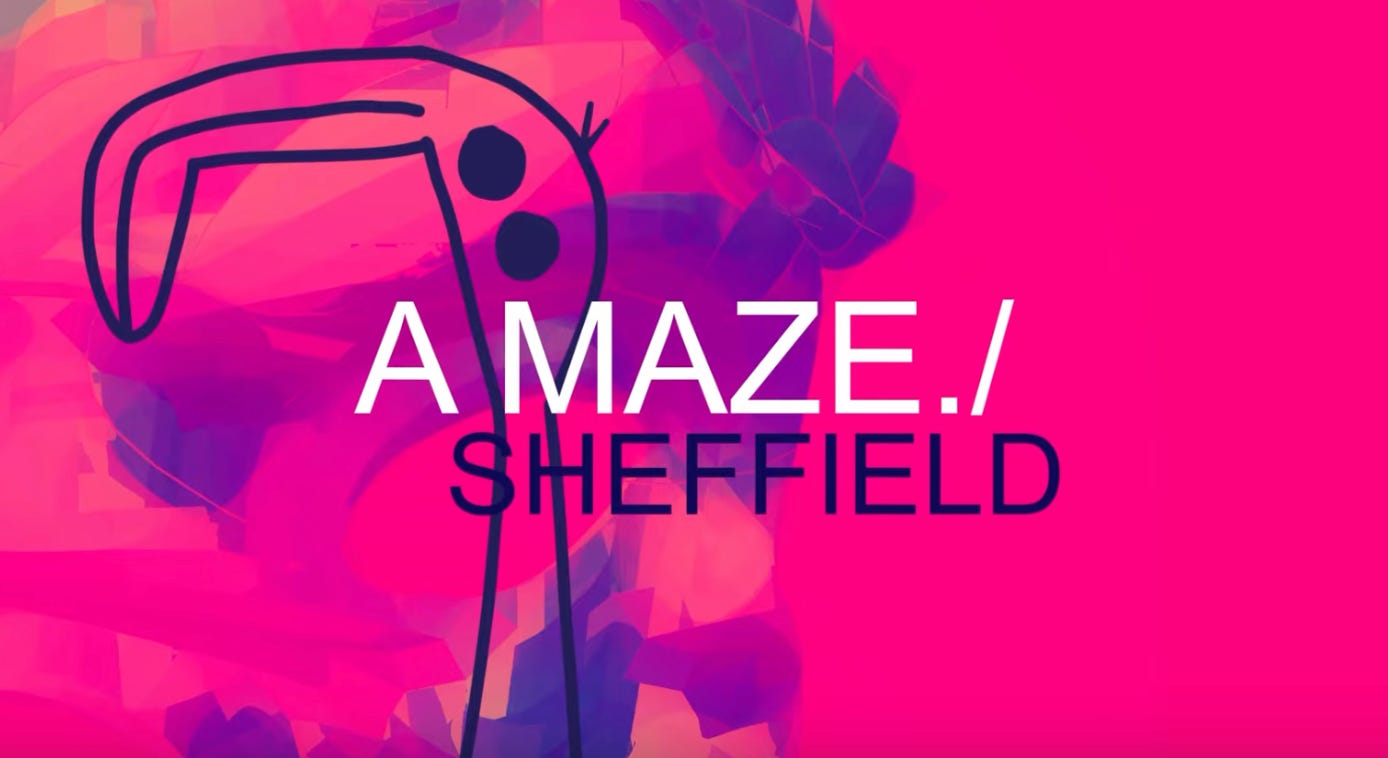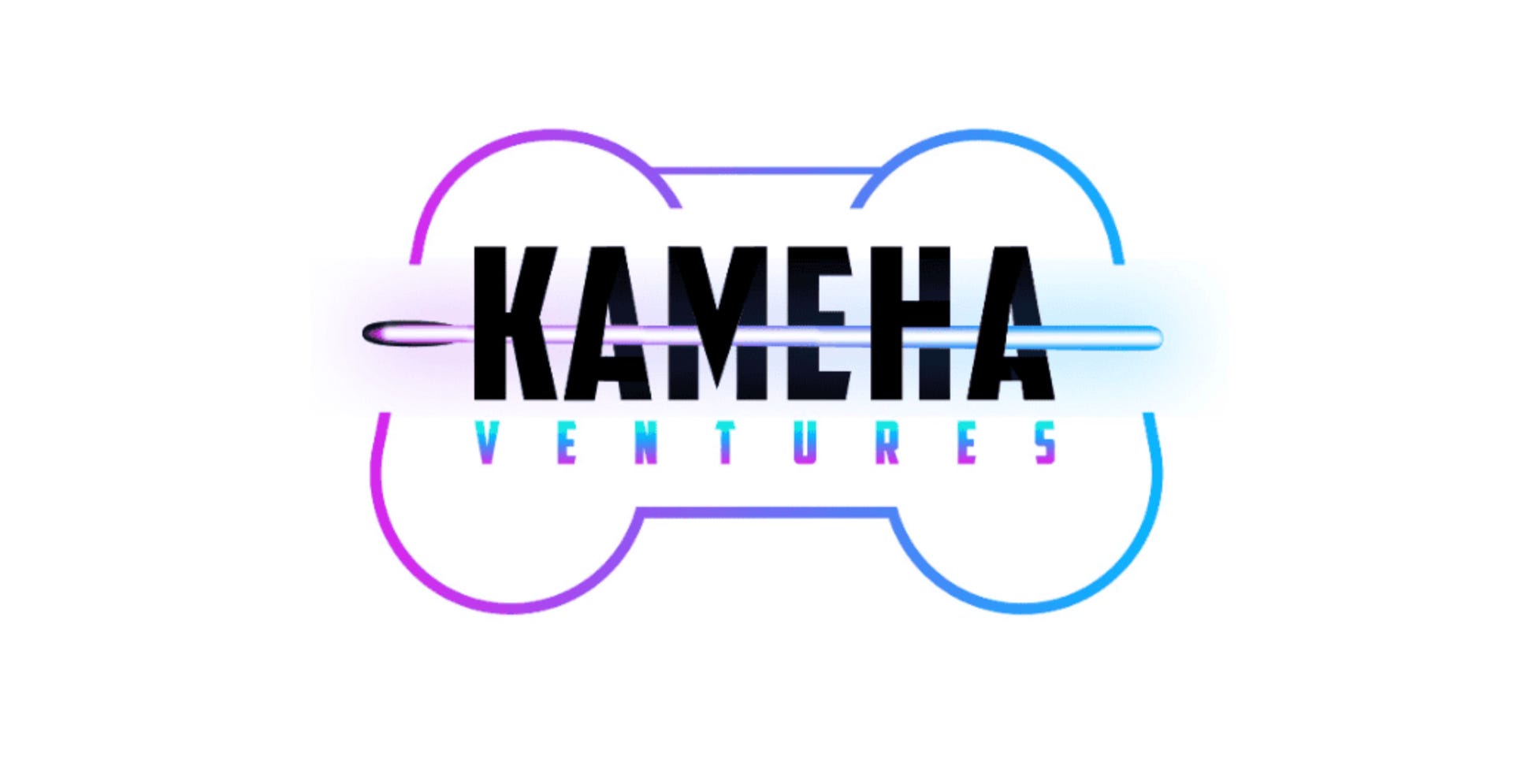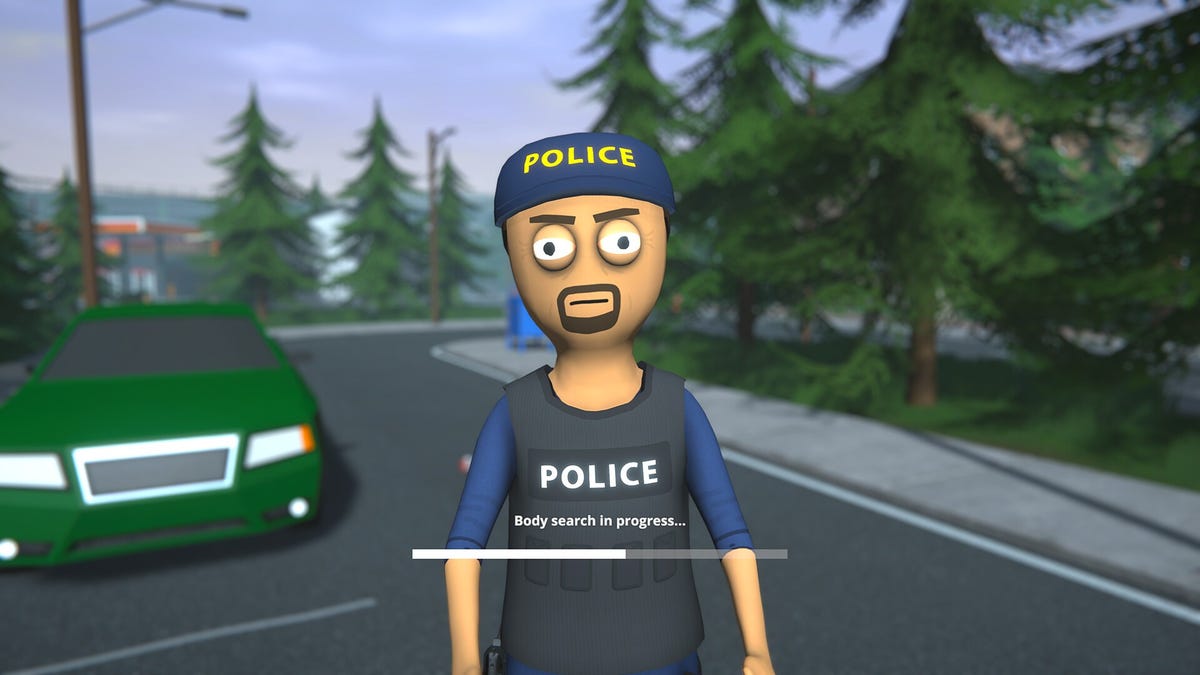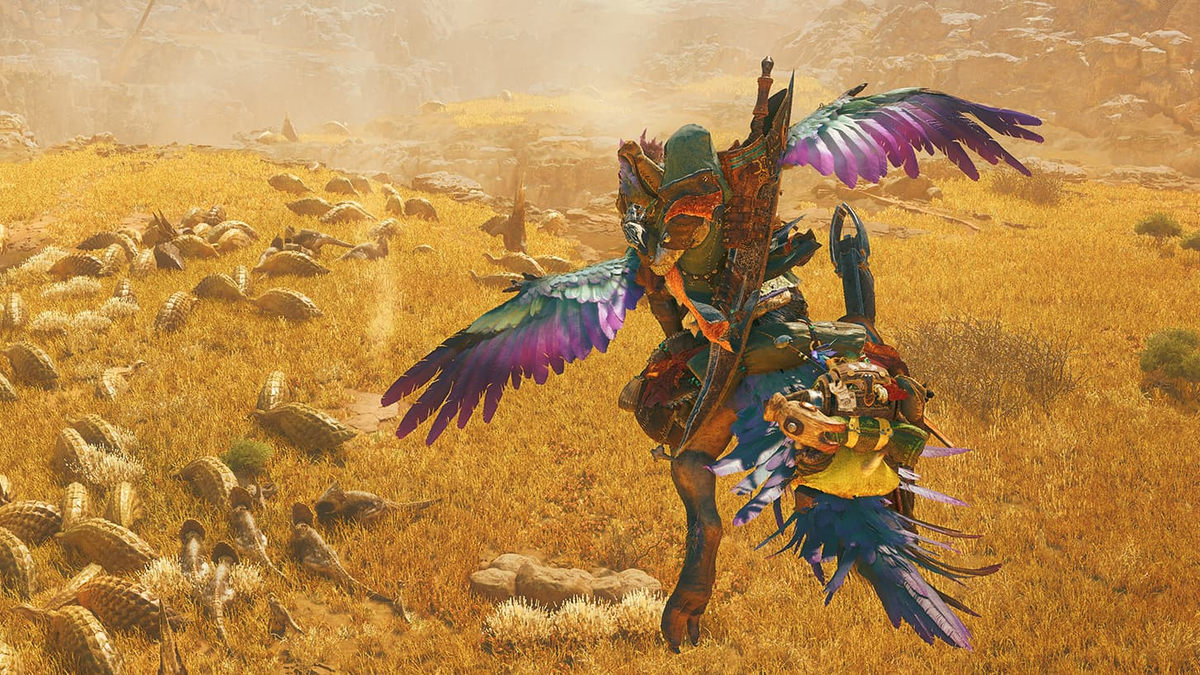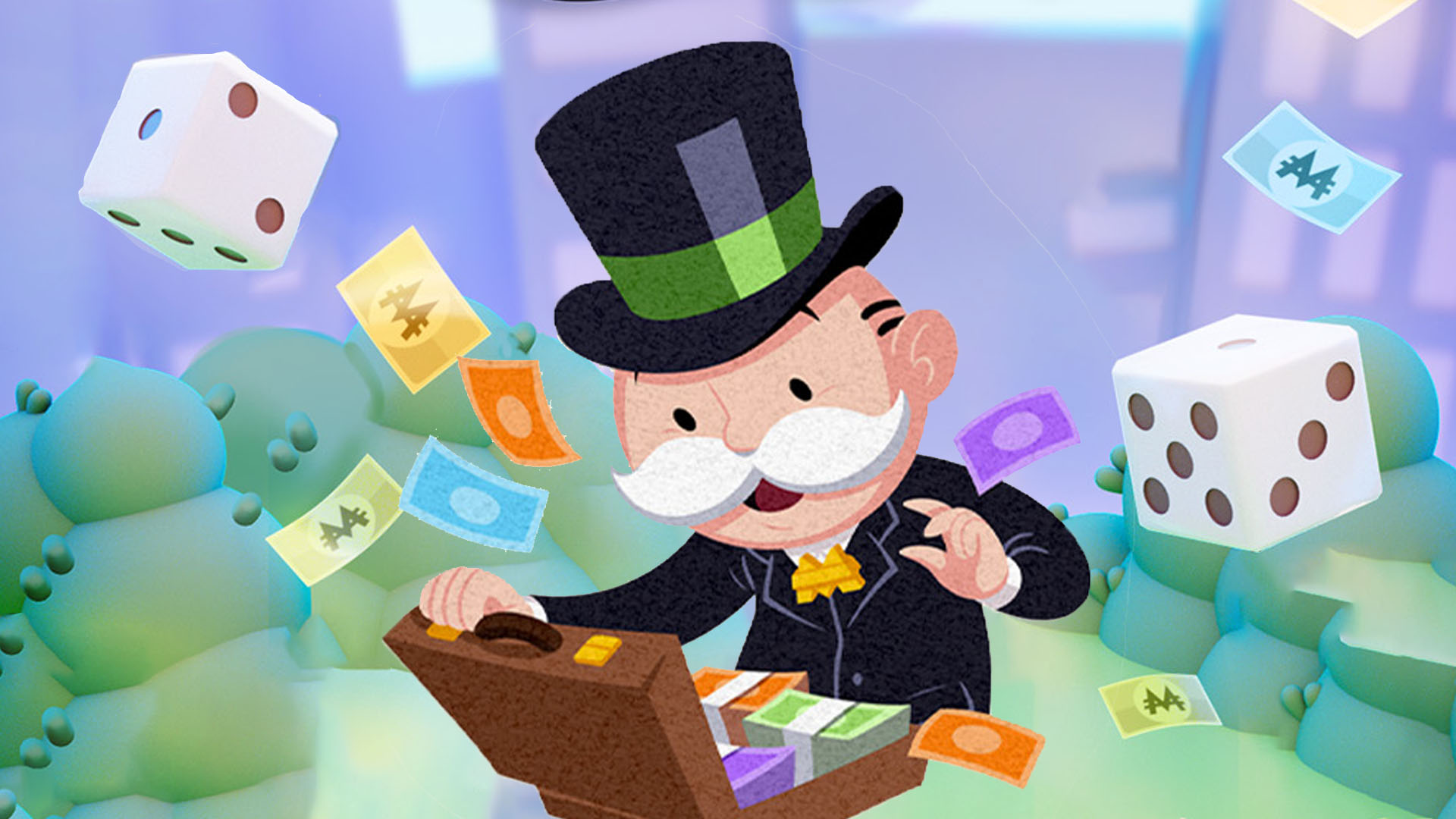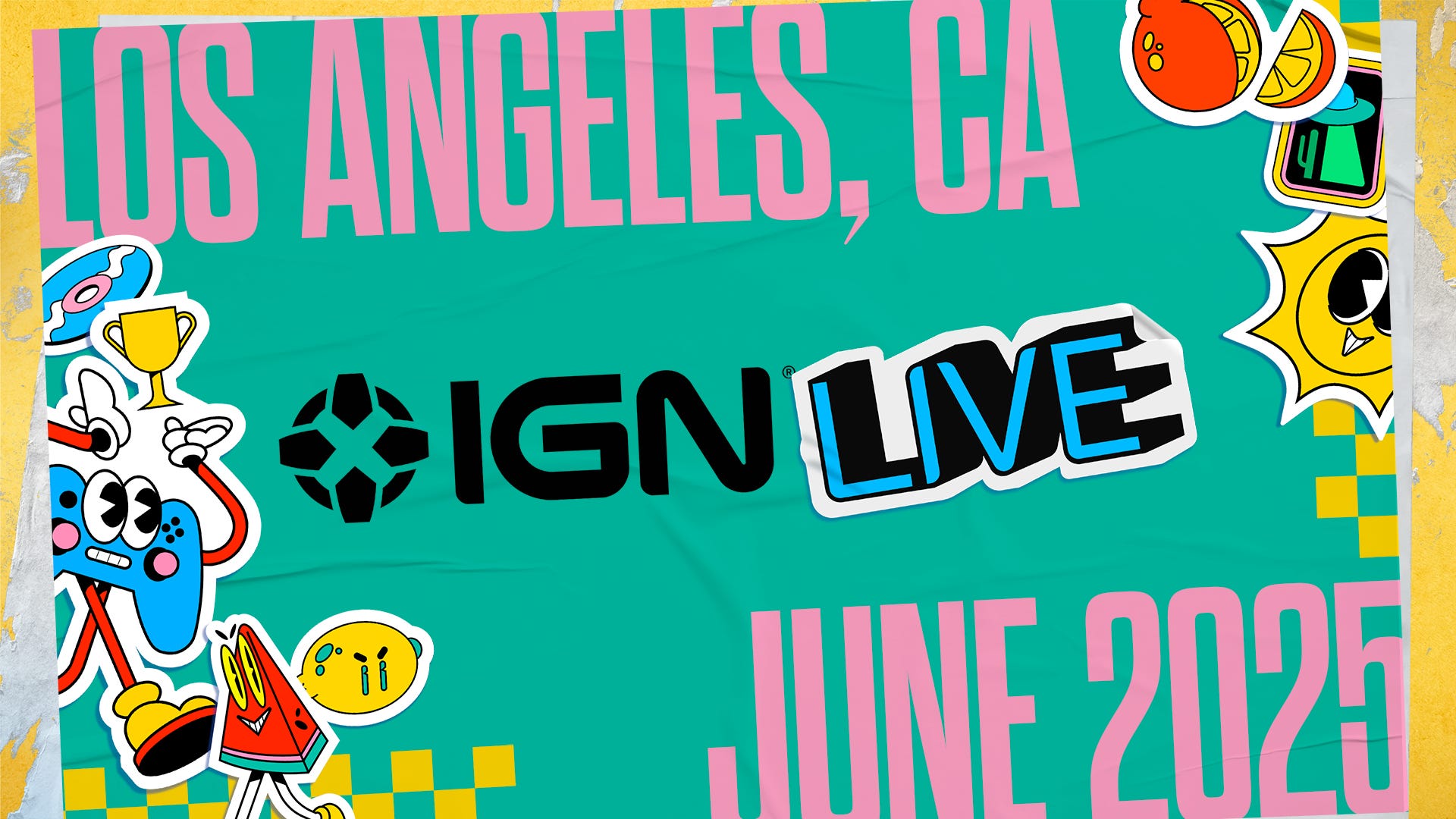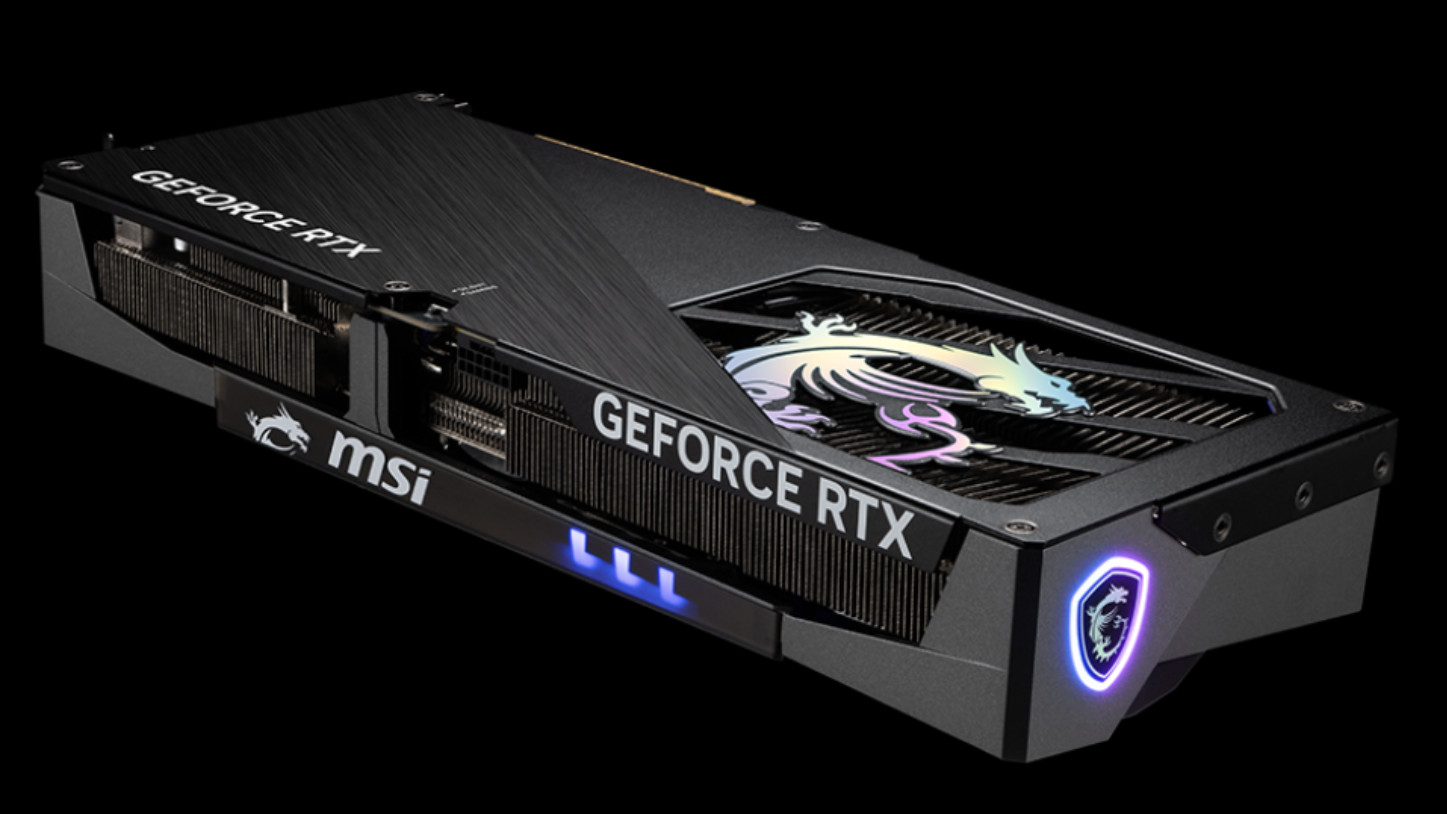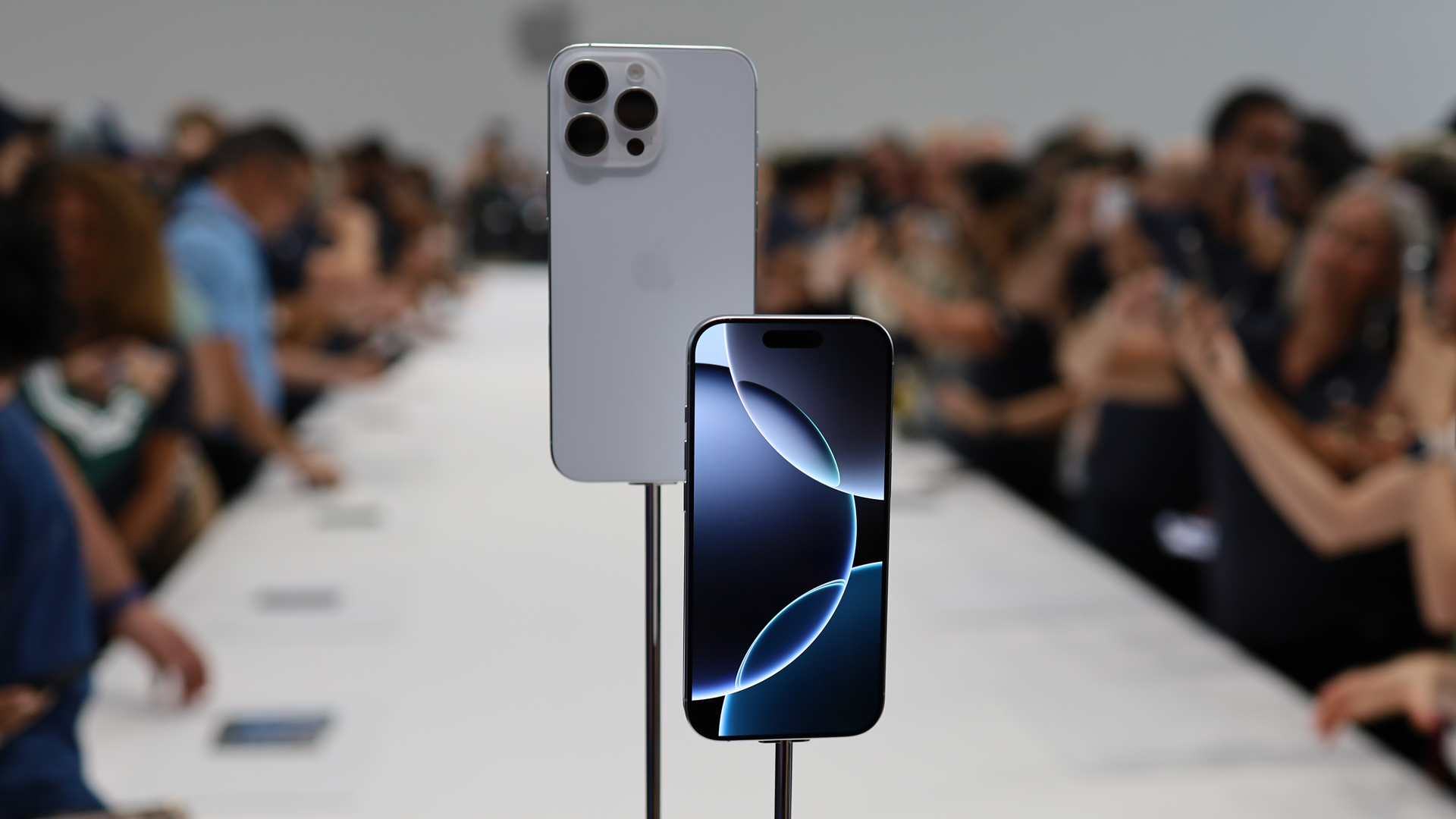Blade Runners of LinkedIn are hunting for replicants – one em dash at a time
I've seen things you people wouldn’t believe… like the em dash being cancelled.
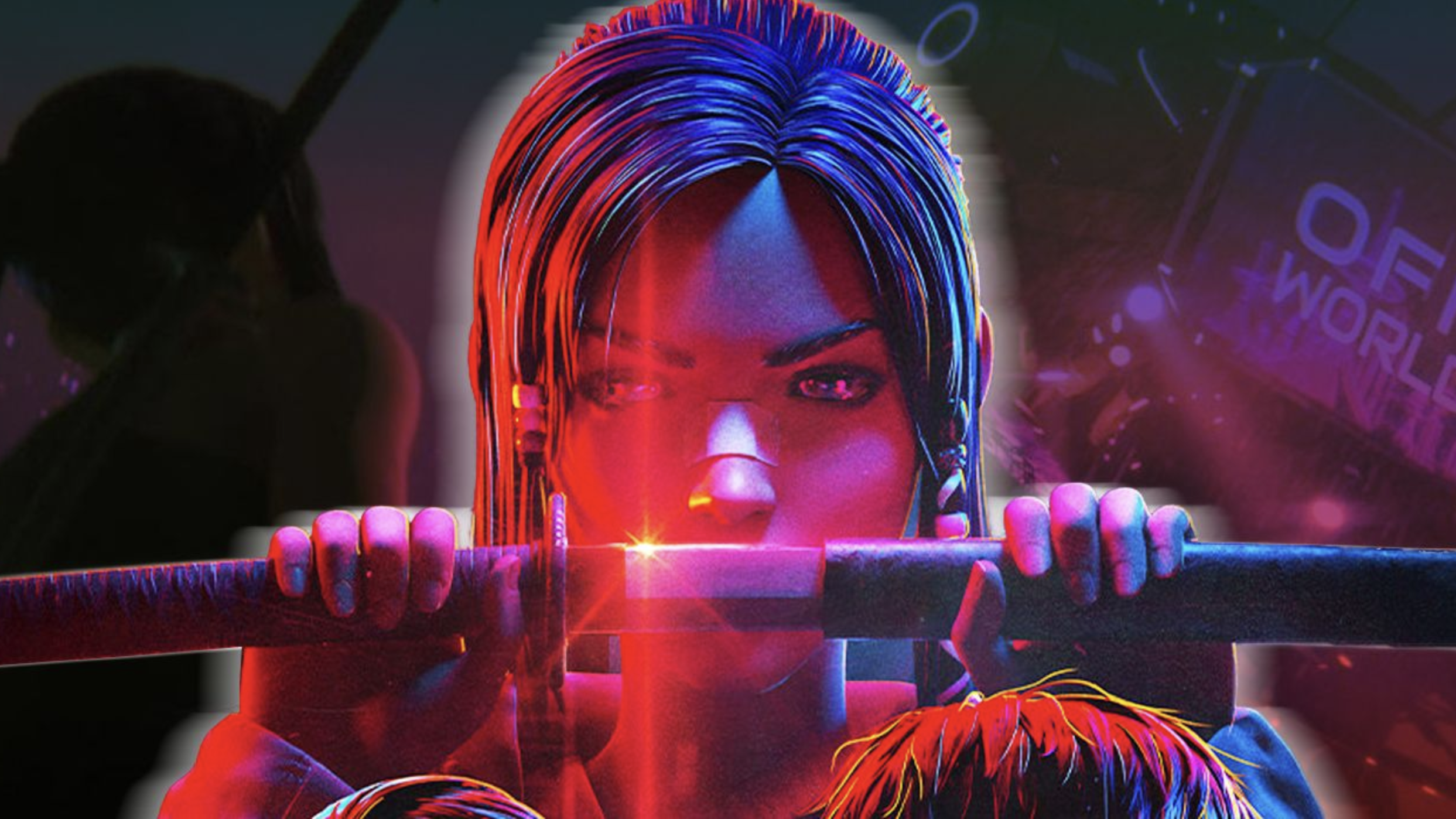
ChatGPT is rapidly changing how we write, how we work – and maybe even how we think. So it makes sense that it stirs up strong emotions and triggers an instinct to figure out what’s real and what’s not.
But on LinkedIn, the hunt for AI-generated content has gone full Voight-Kampff. According to some, there’s now a surefire way to spot ChatGPT use: the em dash.
Yes, the punctuation mark officially defined by the width of one “em.” A favorite of James Joyce, Stephen King, and Emily Dickinson. A piece of punctuation that’s been around since at least the 1830s. So why is it suddenly suspicious? Is it really an AI tell or punctuation paranoia?
Describe, in single words, only the good things you know about the em dash
Rebecca Harper, Head of Content Marketing at auditing compliance platform ISMS.online, doesn’t think so: “I find the idea that it’s some kind of AI tell ridiculous. If we start policing good grammar out of fear of AI, we’re only making human writing worse!”
She’s right. The em dash isn’t some fringe punctuation mark. Sure, it’s used less often than its siblings – the en dash and the humble hyphen – and it’s more common in the US than the UK. But that doesn’t make it automatically suspicious.
Robert Andrews, a Senior Editor, explains that this is a difference in style rather than a smoking gun: “It’s not just a marker of AI, but of US English and AP Style. It’s quite alien to UK journalism training and style, at least my own, albeit long ago. But increasingly encountered in AP Style environments - (or –, or —) unsurprising that this would flow into LLMs.”
I’m not getting into the weeds of when and why you’d use an em dash over a hyphen. It’s boring, and despite writing professionally for close to two decades, I’m not sure I even know. But I can vouch for the fact that I’ve written for plenty of US outlets where the em dash was simply house style – years before ChatGPT turned up.
And that’s likely why it’s become a so-called “tell.” The em dash is ChatGPT’s default dash. Probably because it was trained on mountains of US English content, where that style is totally normal.
Still, because it’s slightly less common in some circles, people have latched onto it as a tell. Chris McNabb, Chief Technology Officer at eGroup Communications, makes this case: “I think it's a strong indicator, especially when you see it being used often by one person. Typically most people aren't going to long press the dash key to even use the en dash BUT AI such as ChatGPT uses it by default in a lot of cases. So yes when you do see an em dash particularly more than one in a message it's a pretty safe bet for a majority of posts.”
So now, some people are actively scrubbing their em dashes to avoid suspicion. Editors, marketers, and content folks are switching them out for commas or full stops just to avoid being mistaken for a ChatGPT user.
Lauren Kennelly, Brand Services Director at brand agency Manifest Group has felt that pressure: “I had this chat with a colleague recently. Proper use of an em dash is not just grammatically correct, which is important in our industry, it's also part of our Manifest brand ID. But I've now programmed ChatGPT to drop it from anything I'm using to help me edit for fear of losing engagement or being judged for using AI.”
Capillary dilation of the dash response
So—is the em dash a tell? No. Well, maybe. But not in isolation. “It depends on the context,” says Will Moore, Manager of Communications and Brand Awareness at networking company Tailscale. “If it's from a writer or someone I know who cares deeply about well-written content, no. If my 12-year-old son uses them in his homework, it paints a different picture,” he tells me.
And that’s the real issue here, context. There are signs of AI-generated content. Especially the kind we often call AI slop. Like clunky syntax, emoji-stuffed bullet points, bizarre transitions, and overly chirpy marketing speak. But even those aren’t as reliable anymore.
Some say better AI detection tools are the answer. In theory, maybe. In reality? Not so much. I ran a completely human-written paragraph through one just before I wrote this article and it flagged it as “probably AI.” Unless this is the anticlimactic moment I discover I’m a replicant, the tools just aren’t good enough.
There have been efforts to watermark AI-generated content or embed metadata, but whether that’s technically feasible (or even a priority for the companies building these tools) remains to be seen.
What actually makes AI-generated content obvious, more often than not, is bad prompting. Rushed inputs lead to rushed outputs. But a thoughtful prompt, a decent edit, a personal touch? That’s much harder to detect.
So maybe we’re not flagging AI at all. Maybe we’re just flagging laziness. Because most people I know who use AI tools regularly aren’t handing over the entire process to ChatGPT. They’re using it for headlines, phrasing, and proofreading. It's helping them to do their work, not doing it for them.
But we live in a world of automation, productivity hacks, and hustle culture. So of course people use AI for everything, under the (sometimes false) belief that it saves time.
As a writer, I get the frustration. I’ll spend hours carefully crafting a piece, then watch something clearly half-baked and AI-churned rack up the views.
There’s also the elephant in the room: AI tools don’t come free. They carry a significant environmental cost and, depending on who you ask, a massive ethical one, too.
Still, the witch hunt is exhausting. And kind of pointless. Because even if someone has used AI if they’ve also put in the work – refined it, edited it, made it their own – you probably won’t be able to tell anyway.
I’ve seen things you people wouldn’t believe… like the em dash being cancelled
Maybe we’ll look back on this moment and laugh. Or cringe. Maybe the AI bubble will burst, and human-made content will feel valuable again. Or maybe AI will become so deeply embedded, so seamless, that trying to tell the difference will feel quaint.
Until then, let’s stop blaming punctuation. Because what we’re really afraid of isn’t the em dash. It’s the slow, creeping erosion of what’s real. And honestly? It’s painful to live in fear. Isn’t it?




















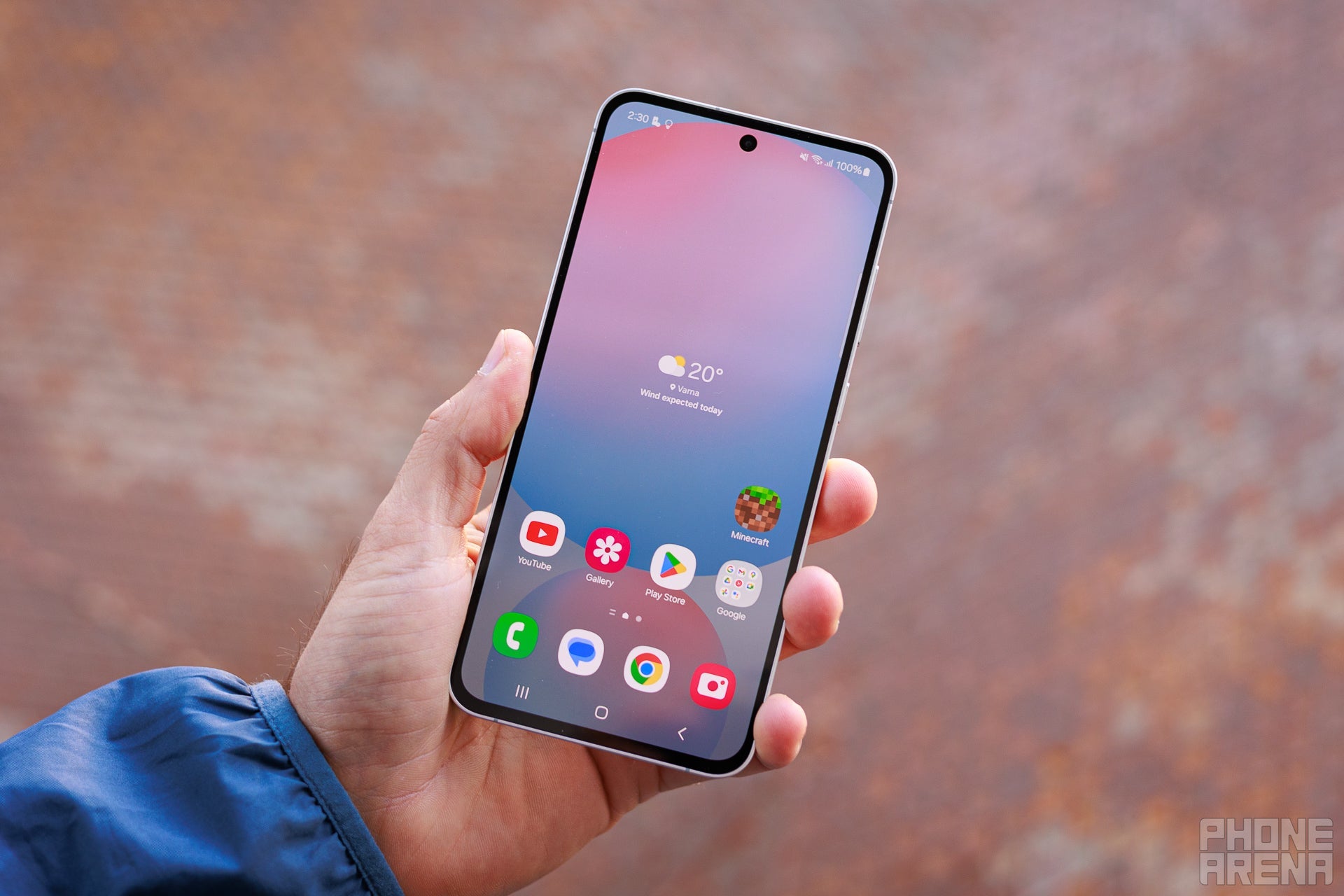
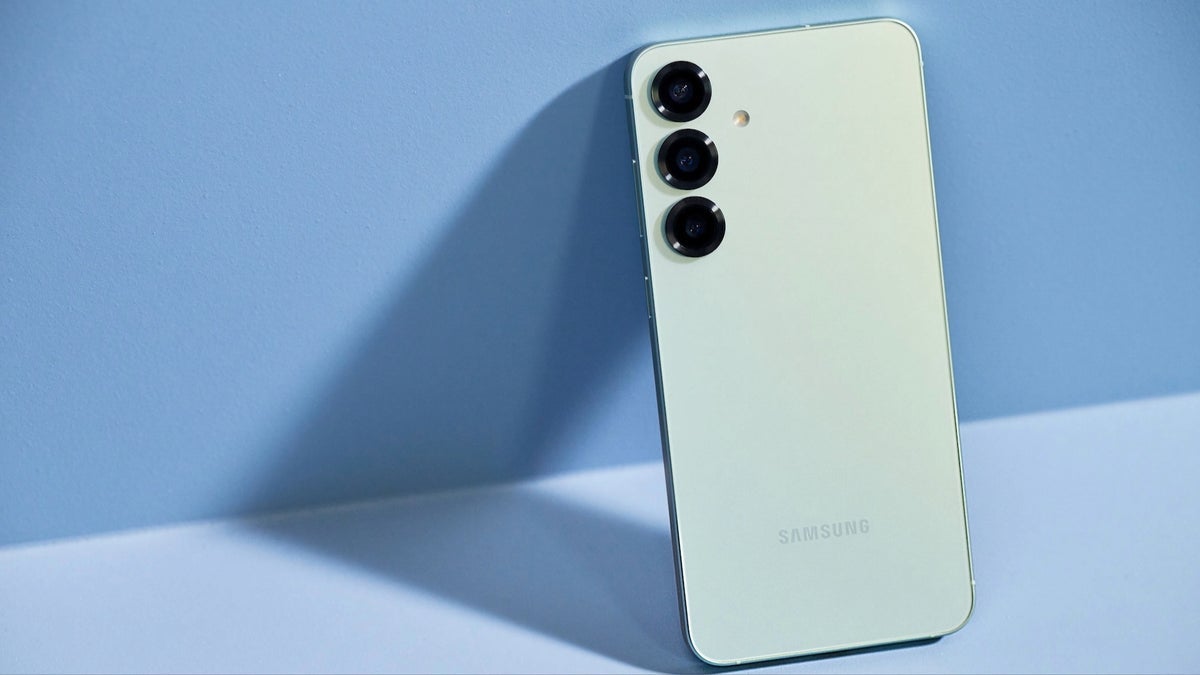
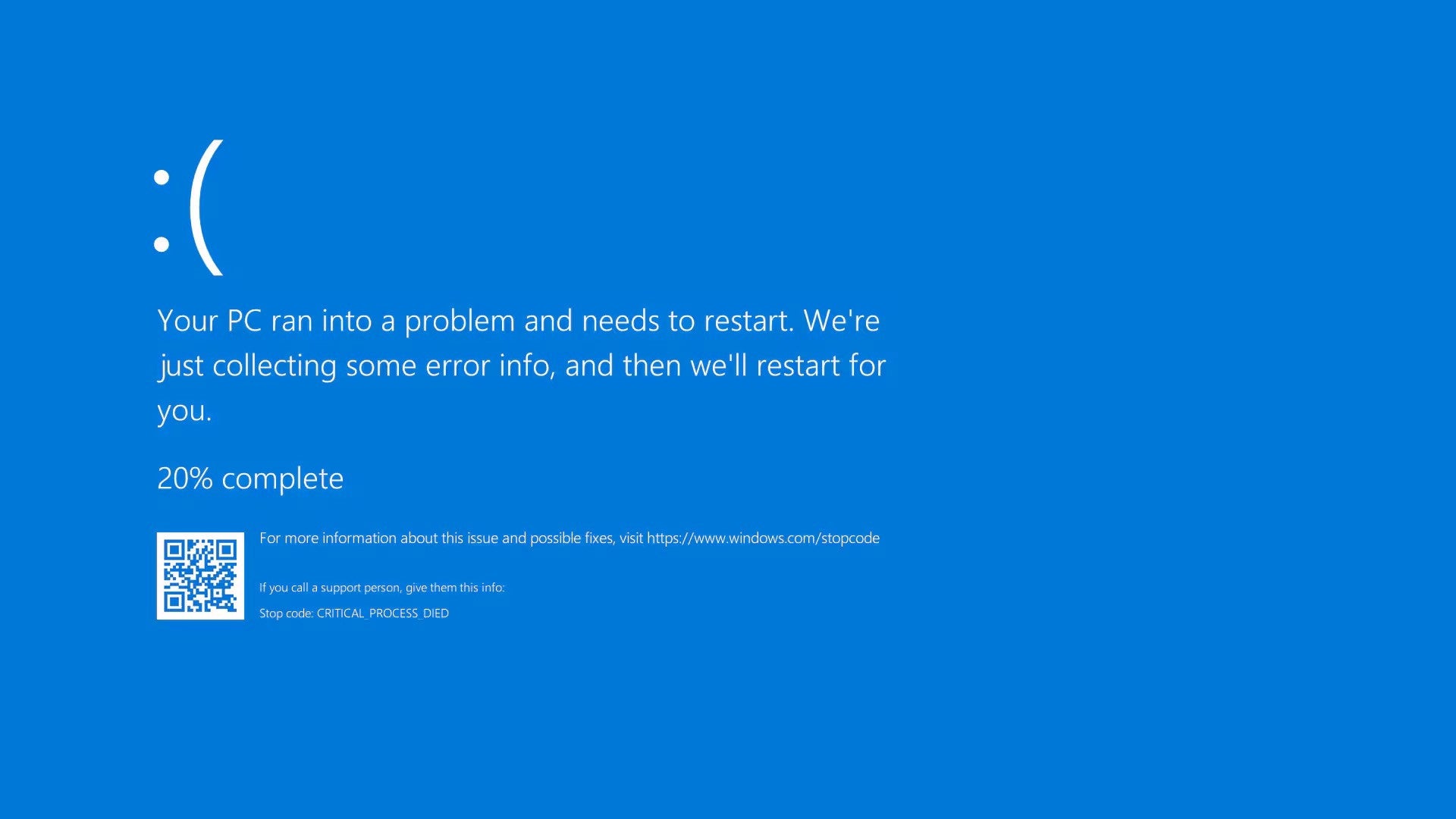
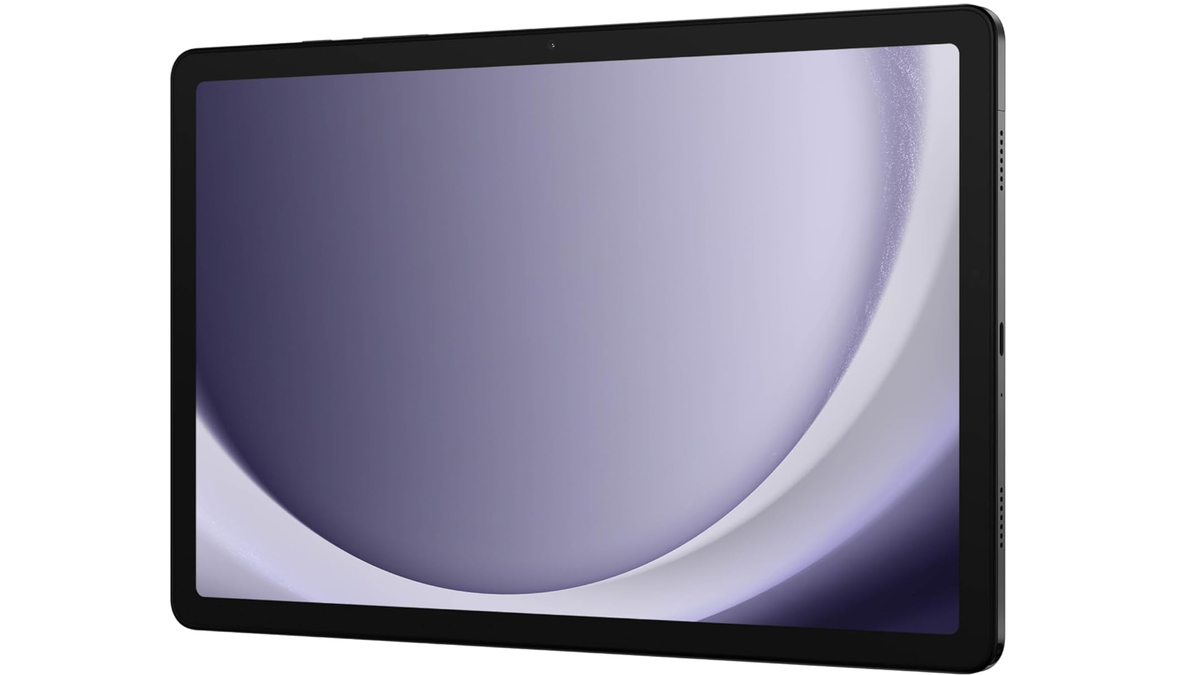




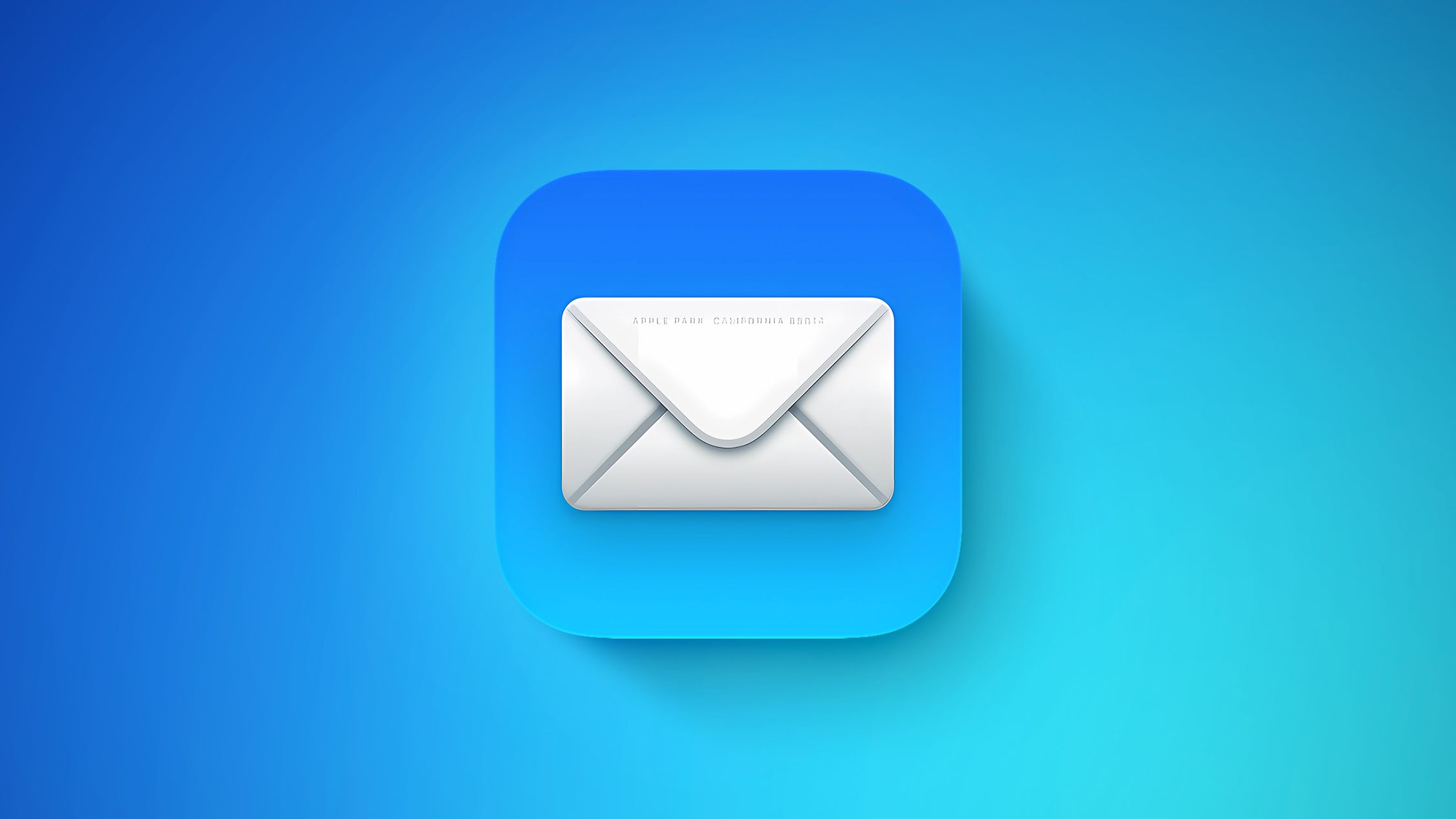
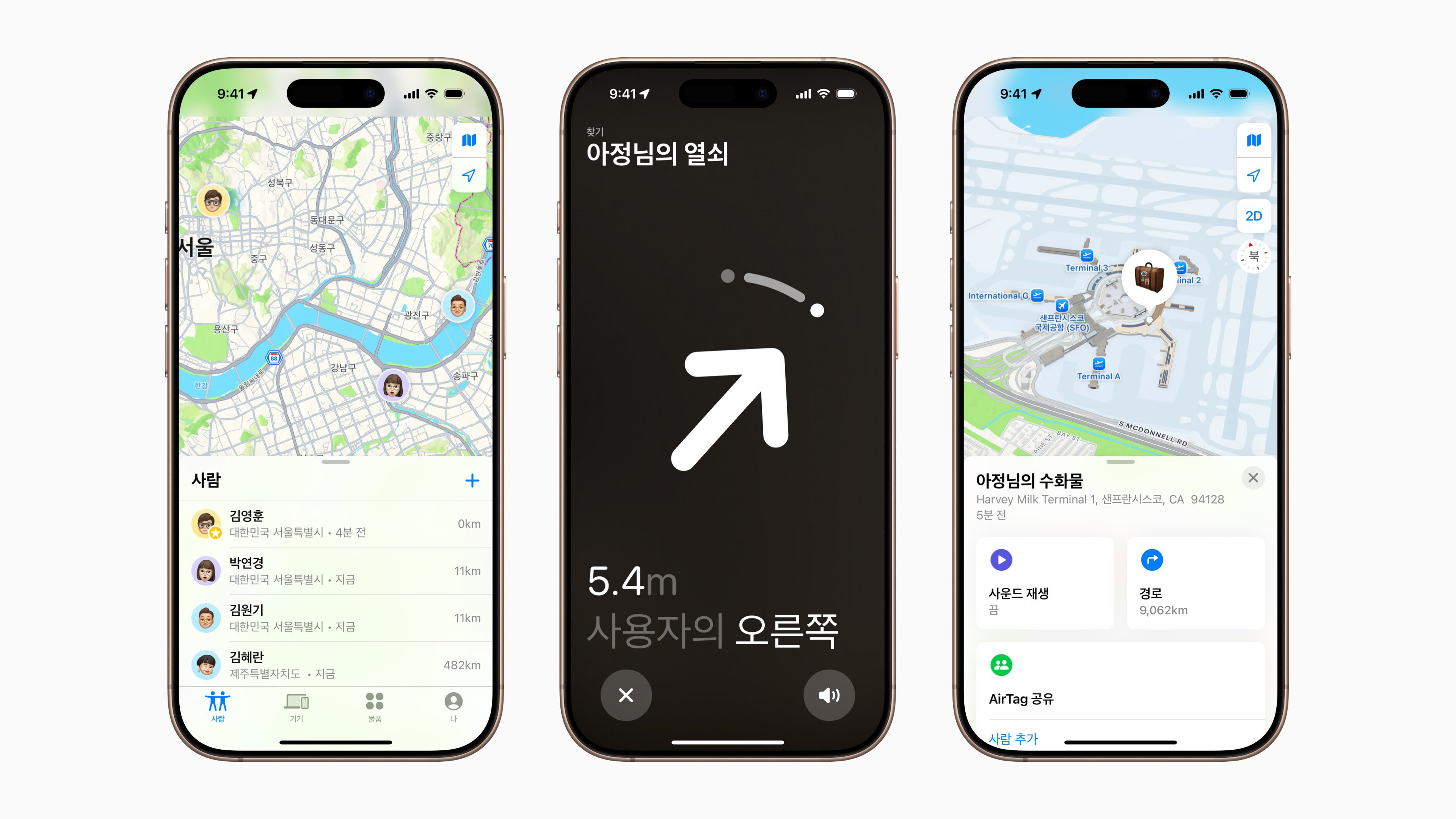
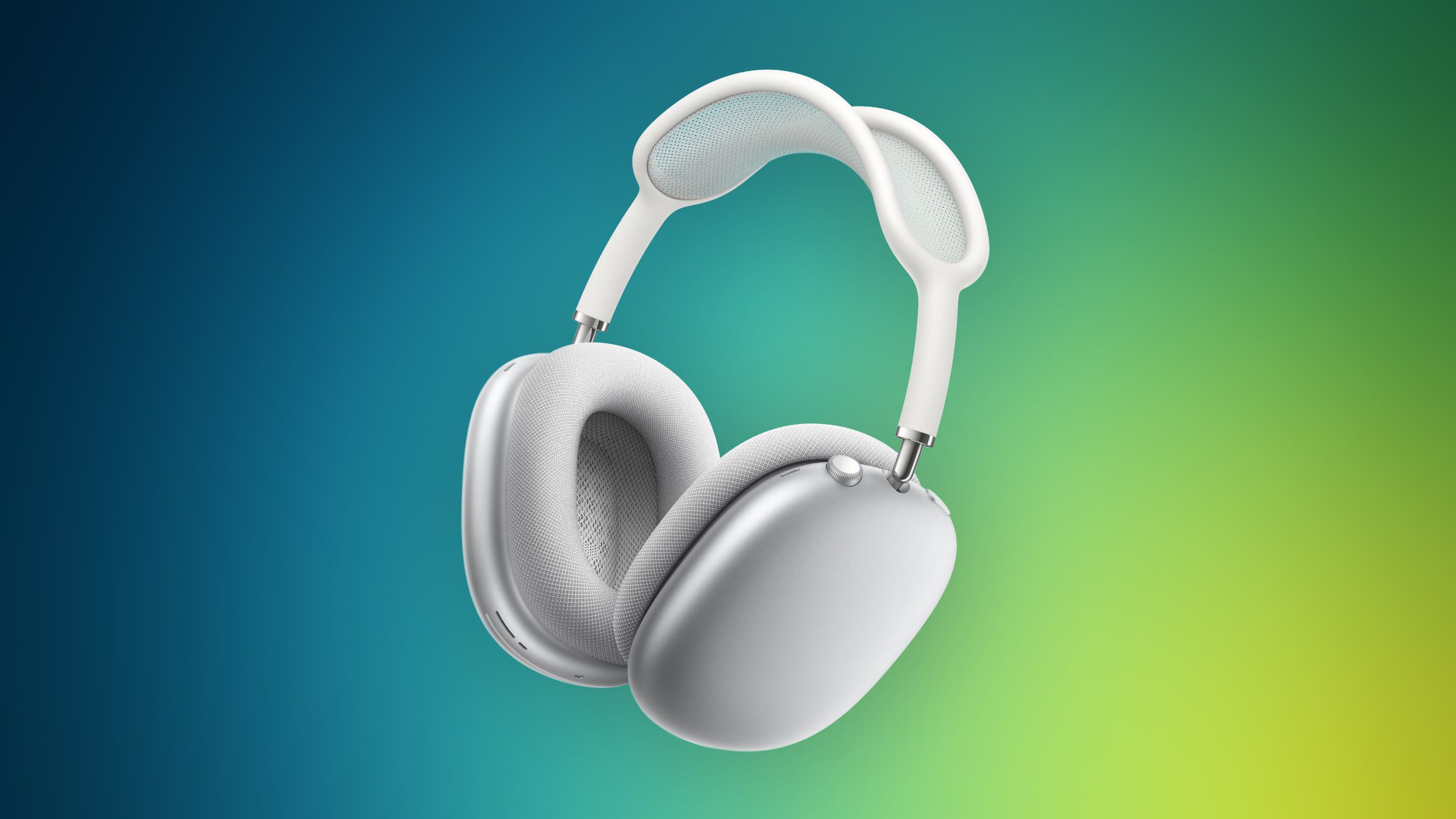
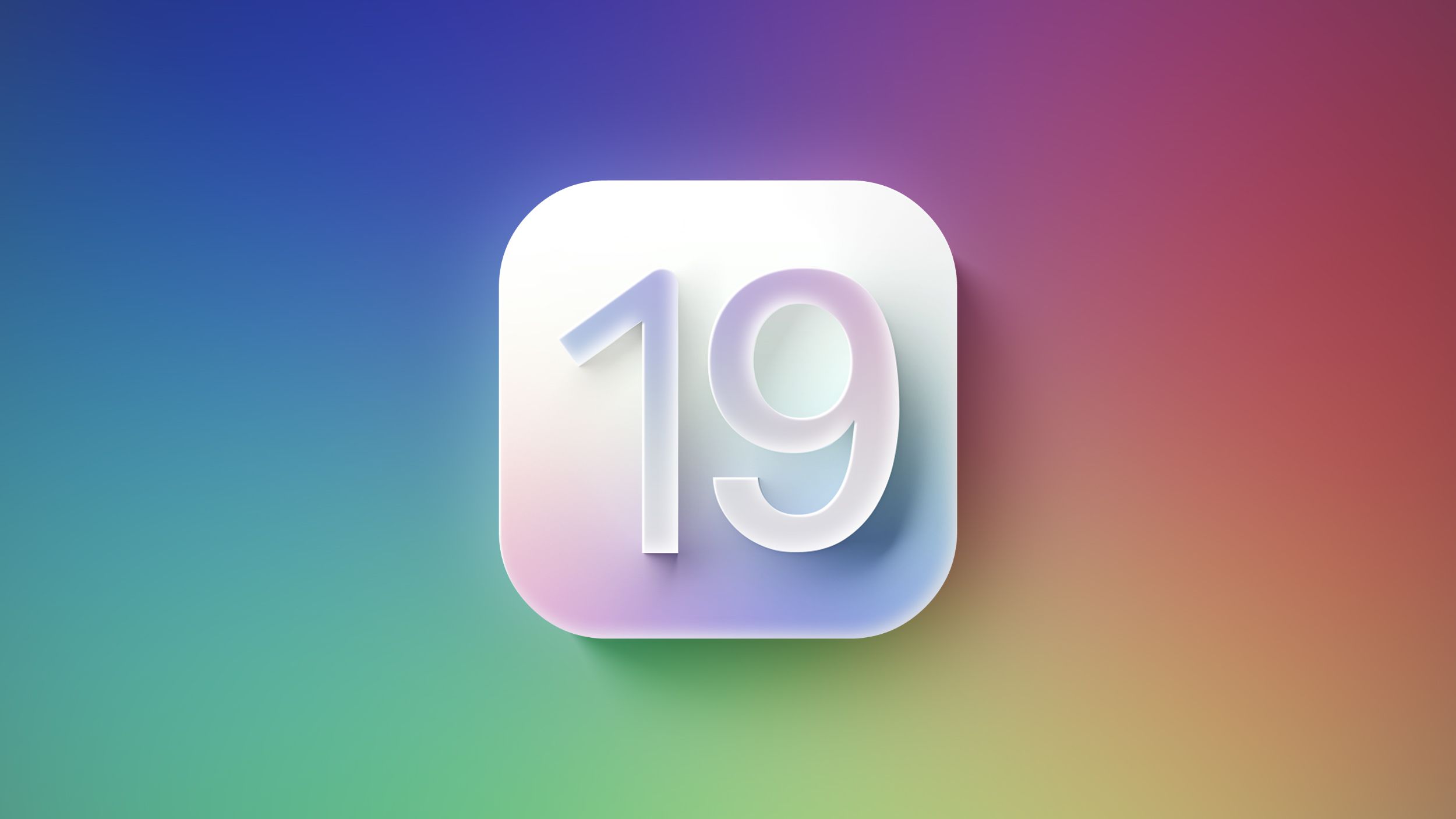














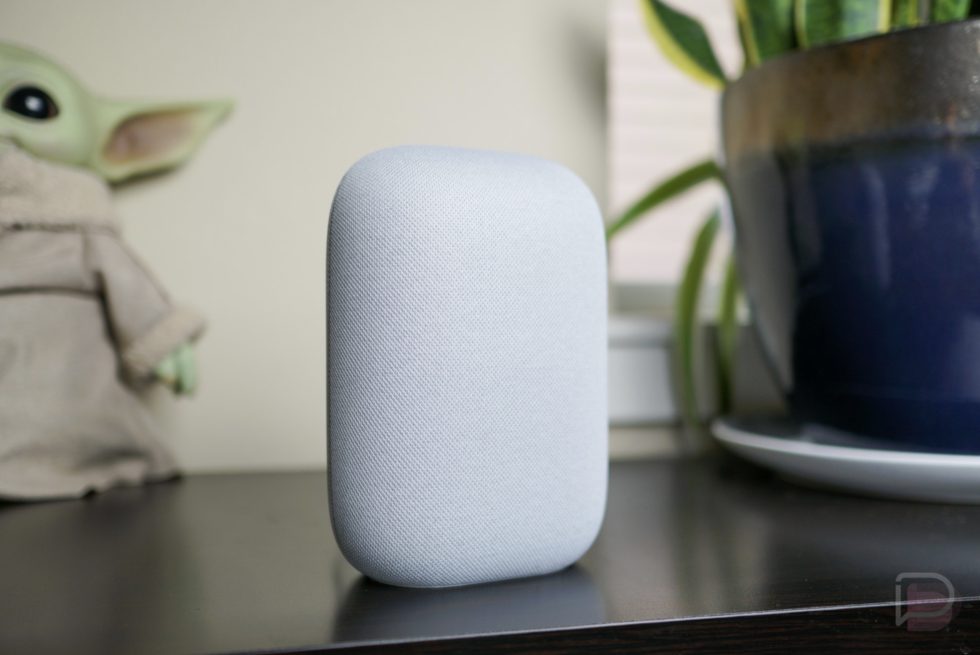

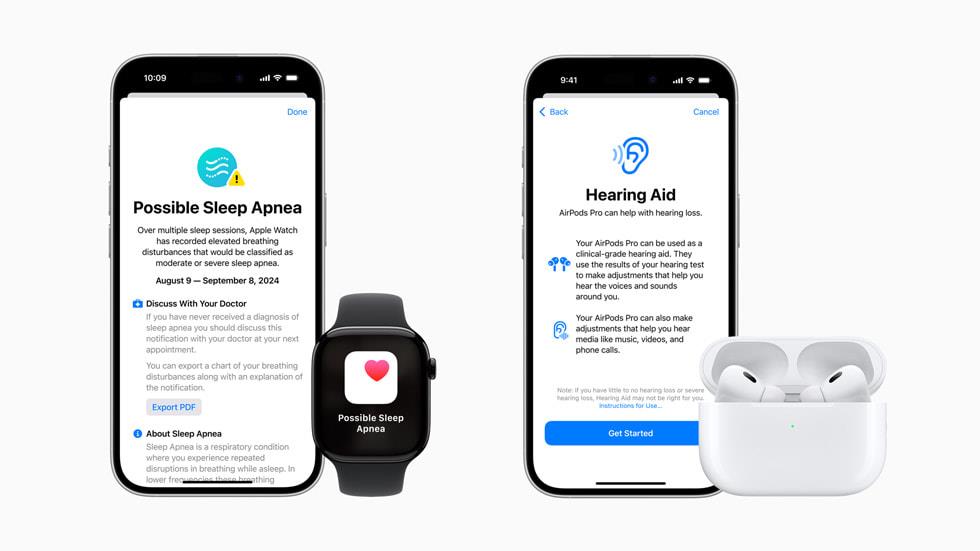
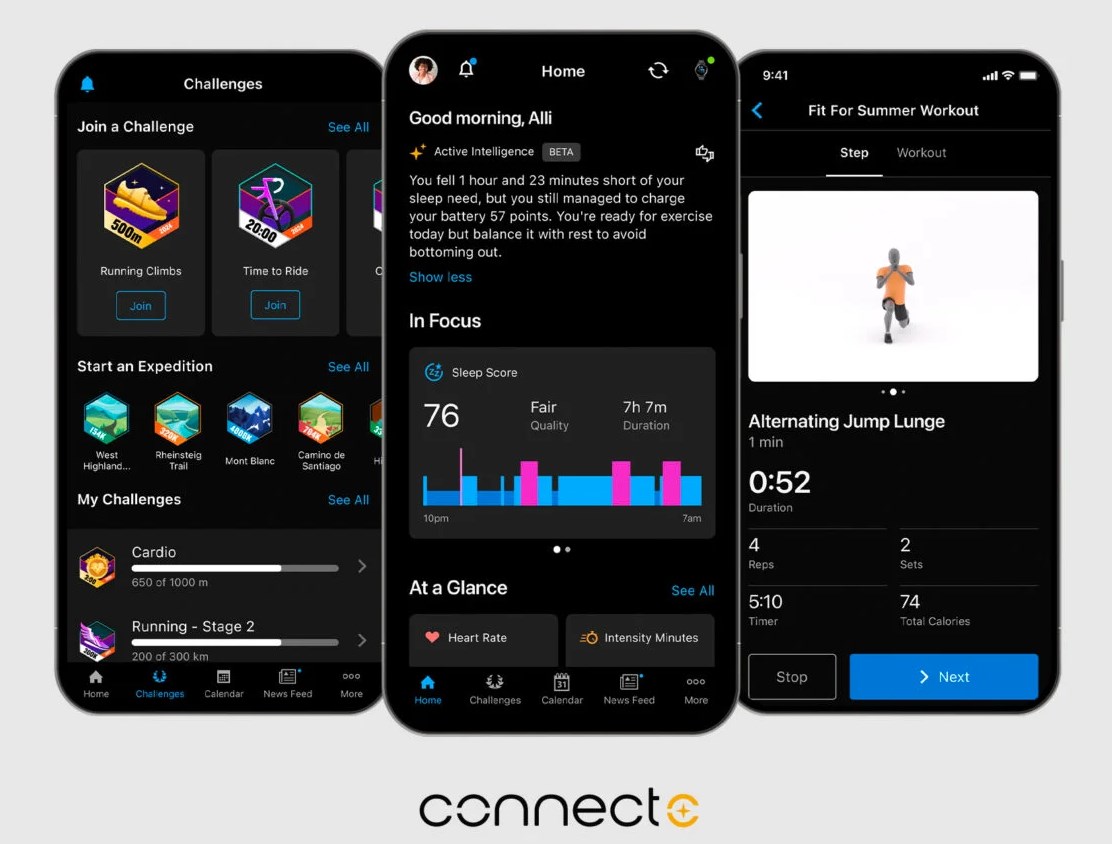
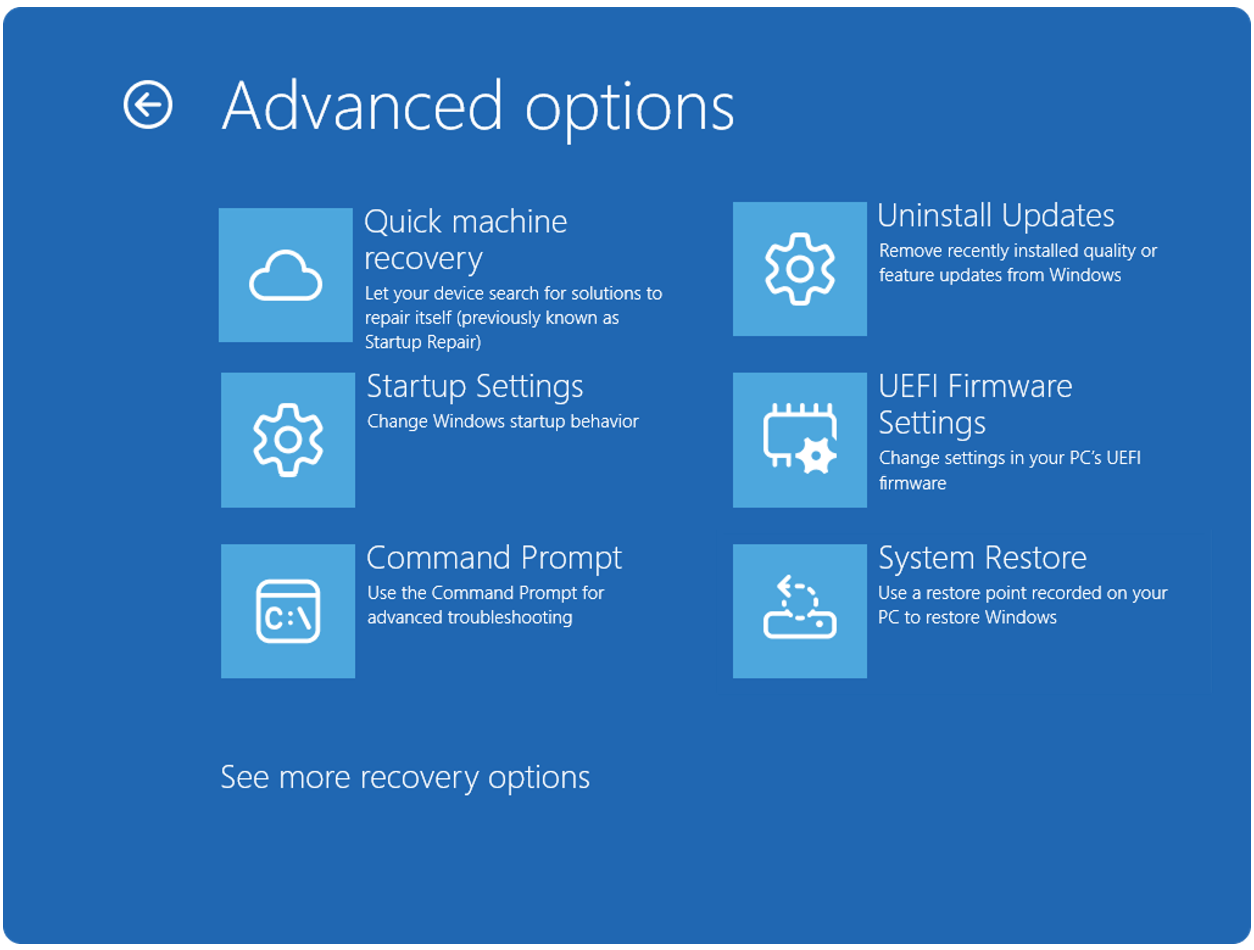

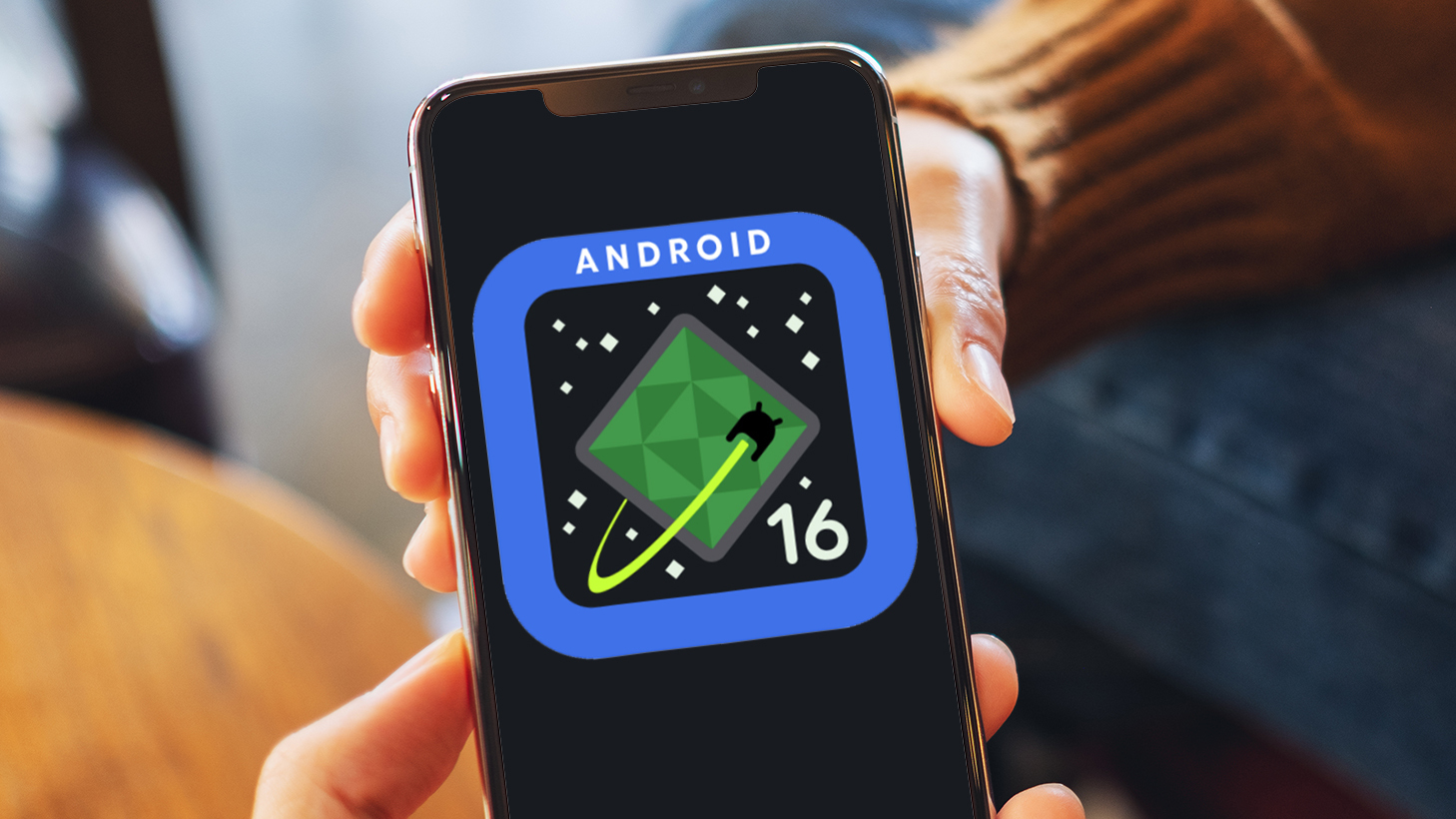

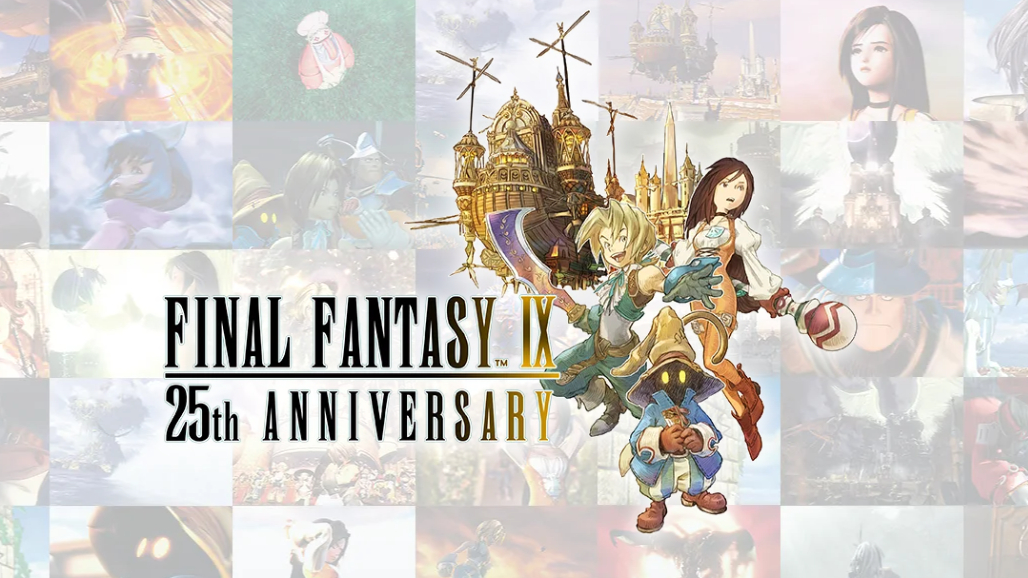
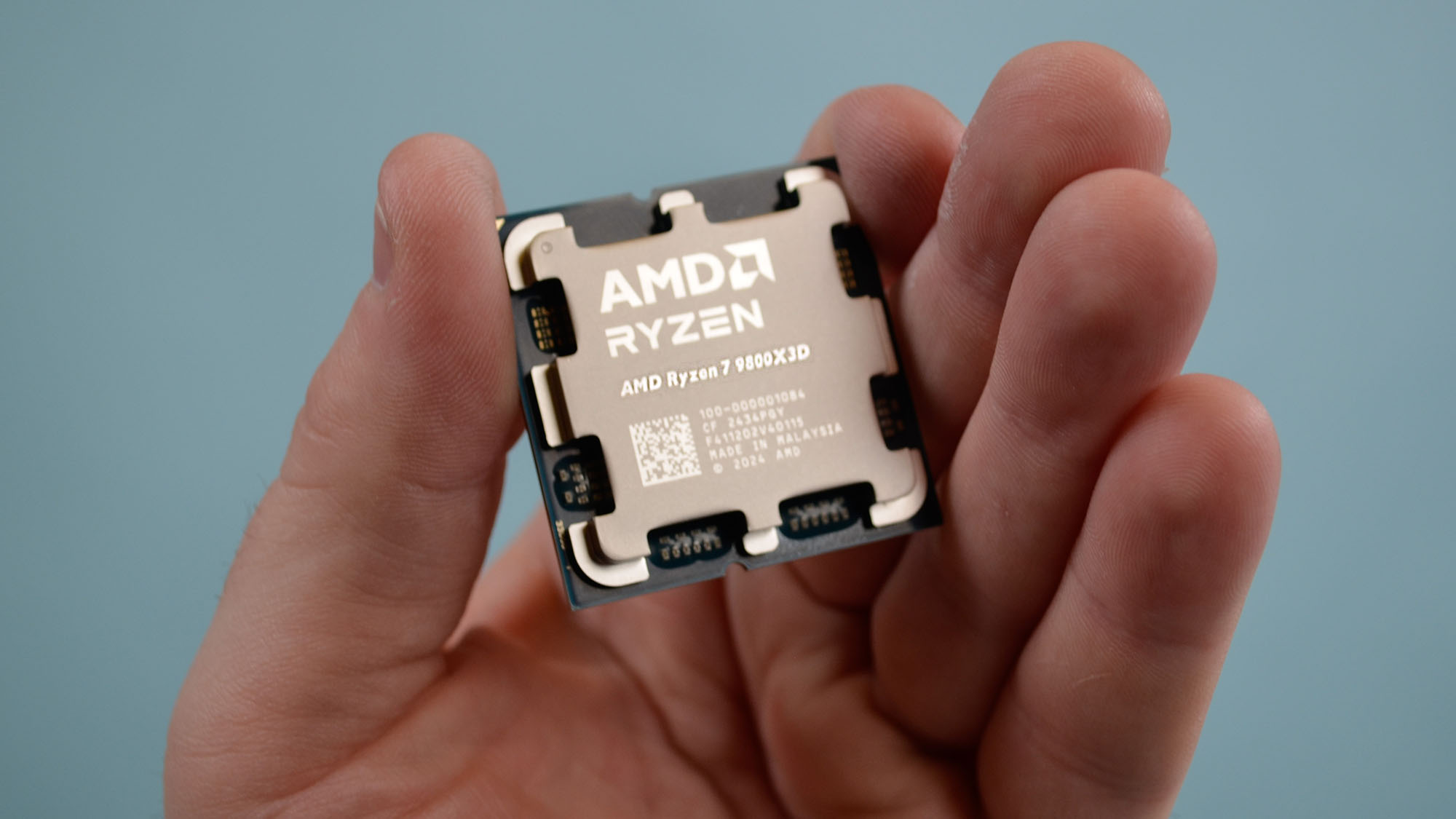
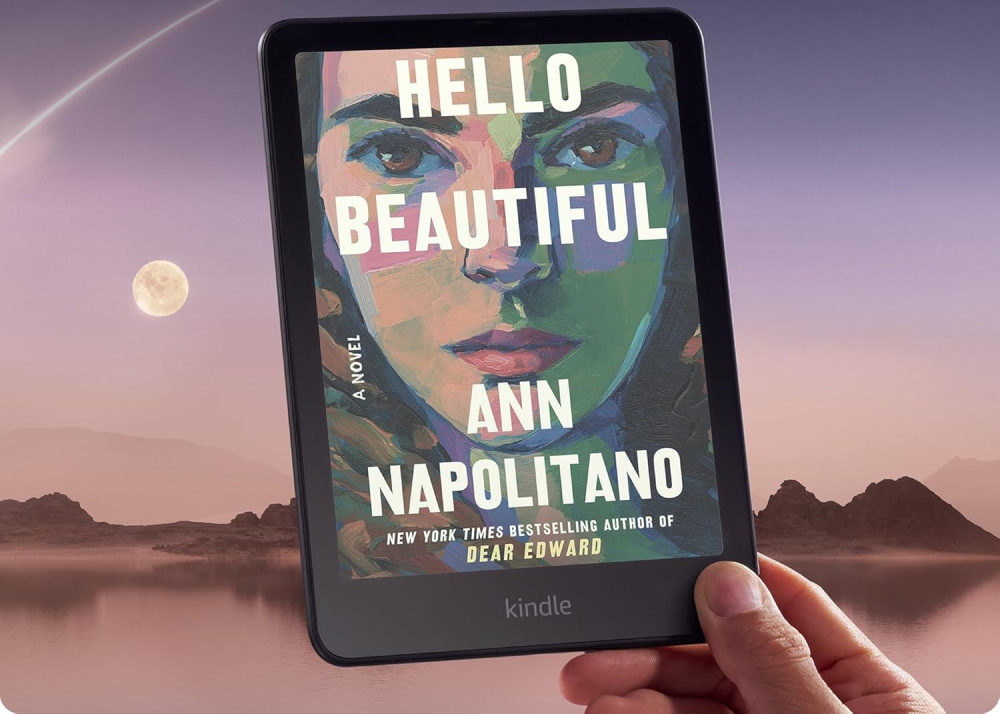









![Apple Watch Series 10 Prototype with Mystery Sensor Surfaces [Images]](https://www.iclarified.com/images/news/96892/96892/96892-640.jpg)

![Get Up to 69% Off Anker and Eufy Products on Final Day of Amazon's Big Spring Sale [Deal]](https://www.iclarified.com/images/news/96888/96888/96888-640.jpg)
![Apple Officially Releases macOS Sequoia 15.4 [Download]](https://www.iclarified.com/images/news/96887/96887/96887-640.jpg)
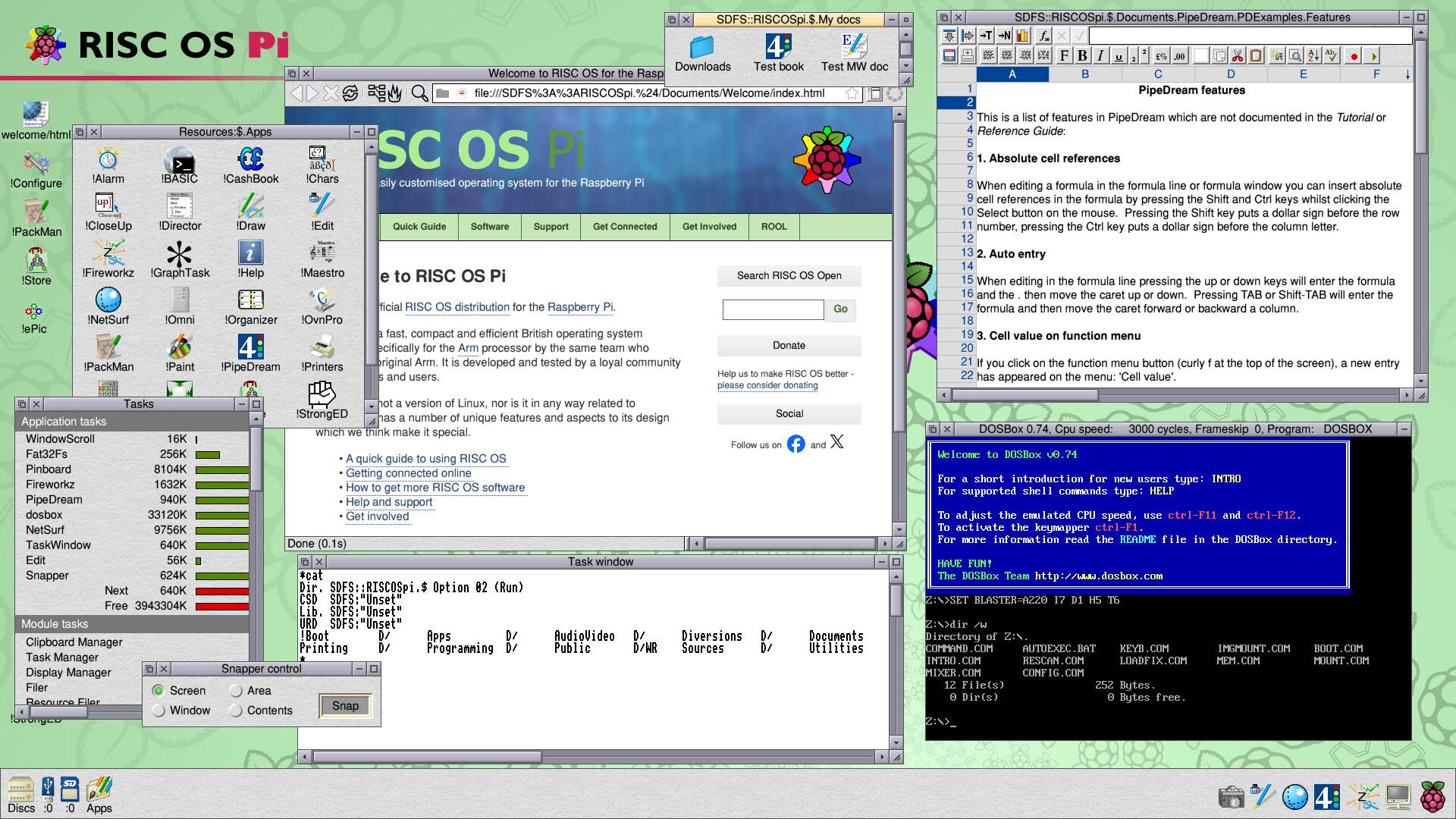

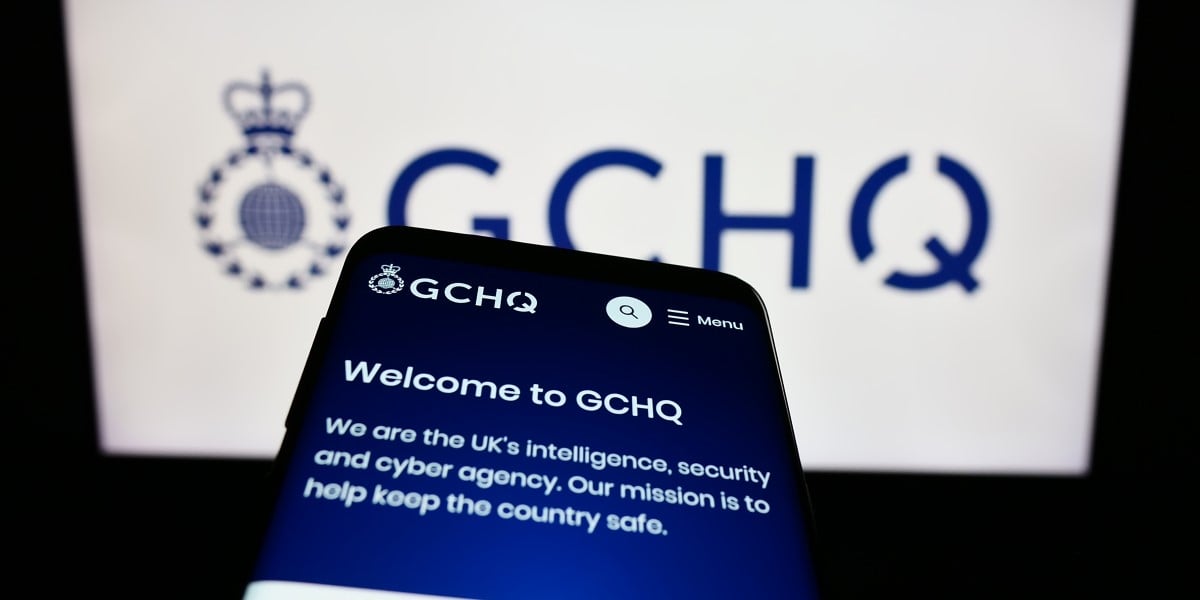











![What’s new in Android’s March 2025 Google System Updates [U: 3/31]](https://i0.wp.com/9to5google.com/wp-content/uploads/sites/4/2025/01/google-play-services-1.jpg?resize=1200%2C628&quality=82&strip=all&ssl=1)





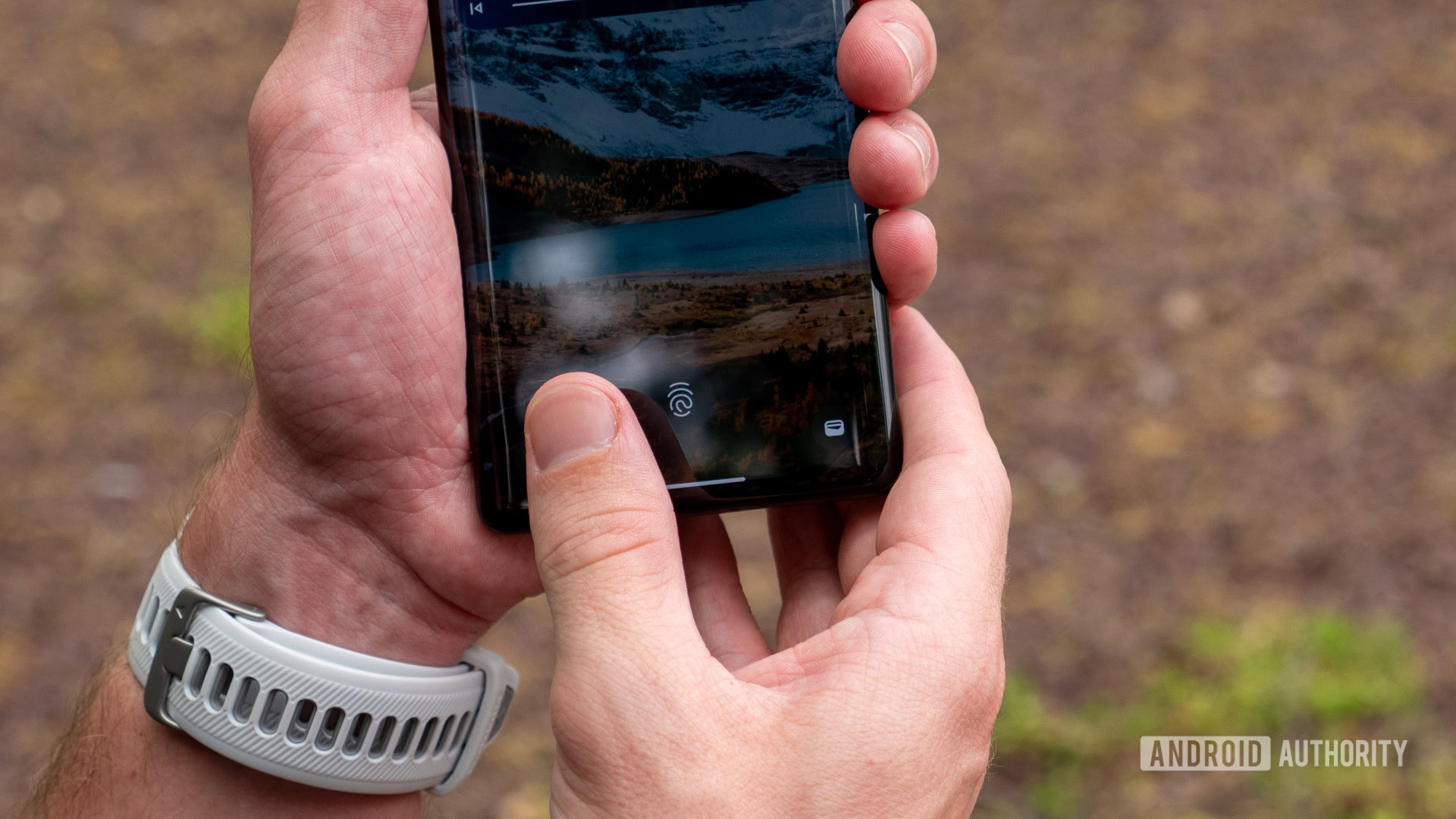

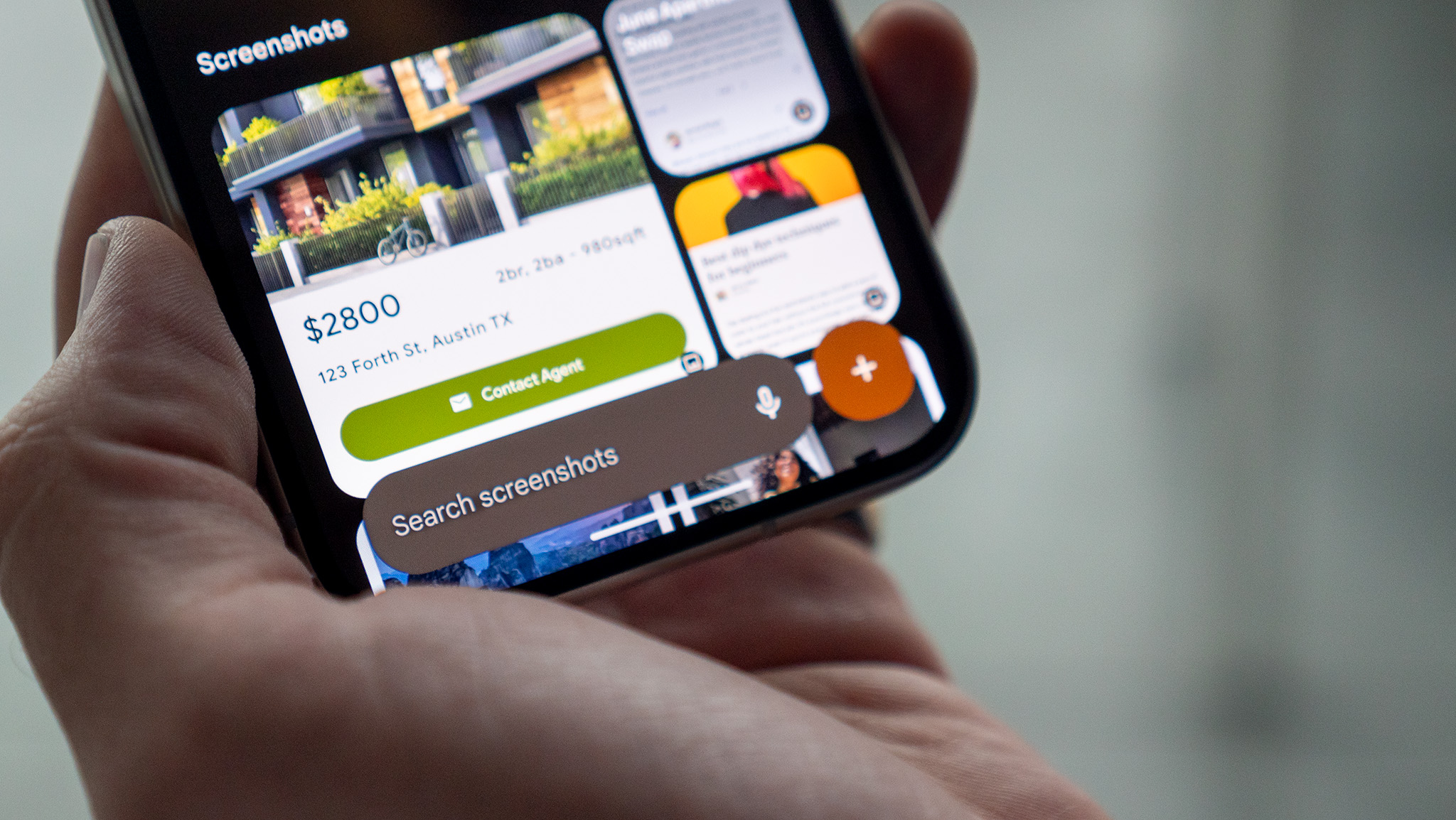
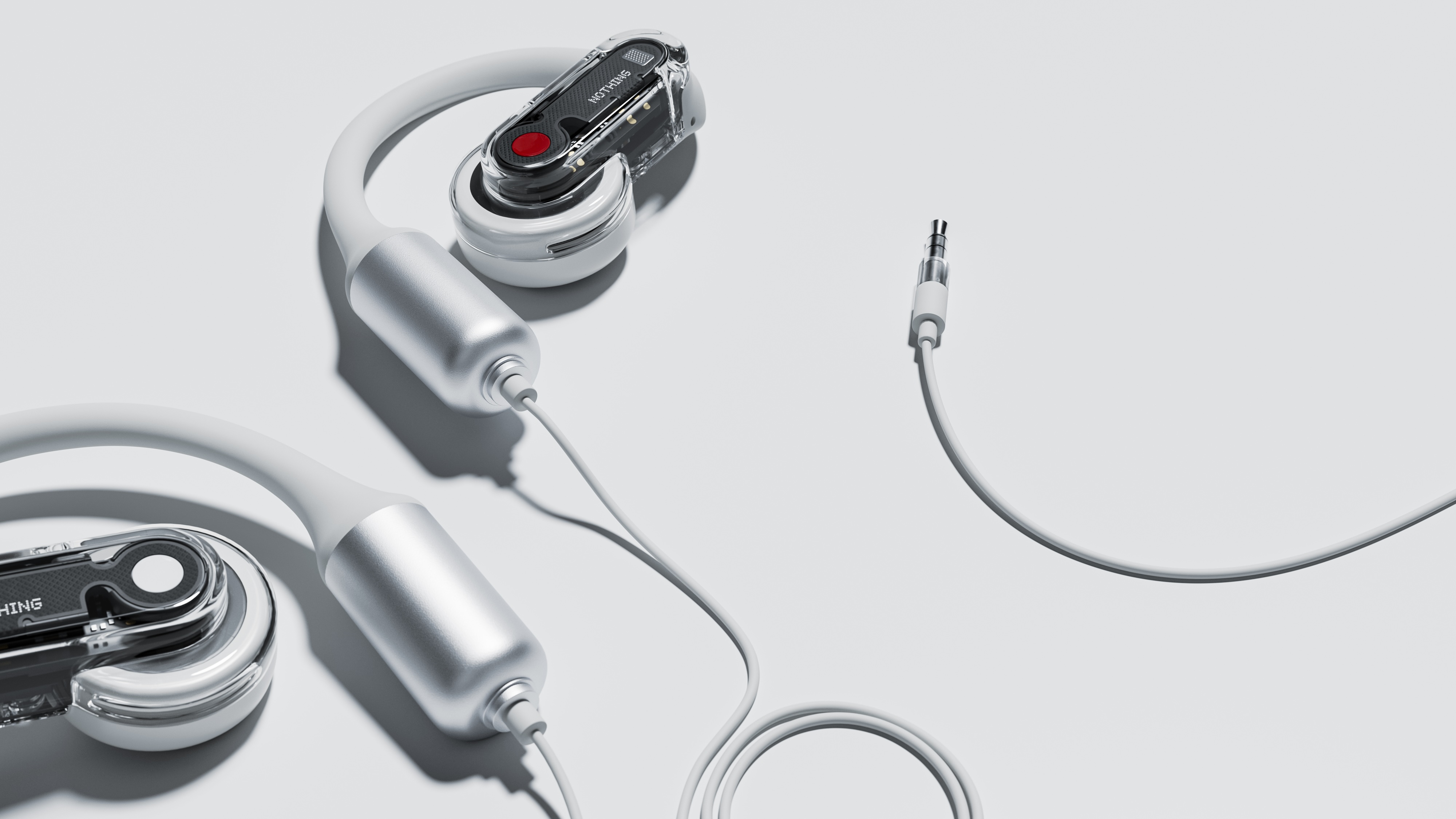
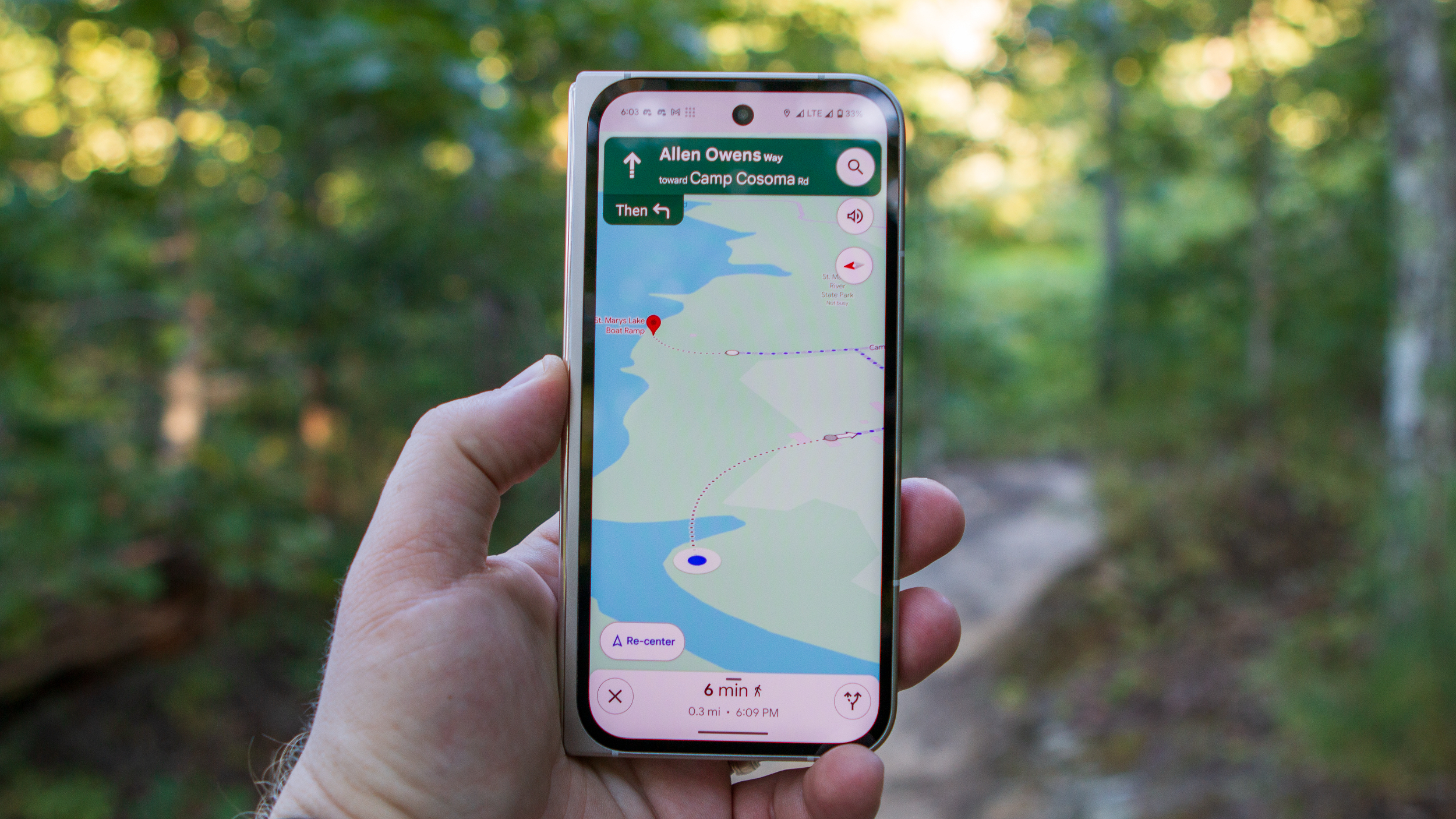

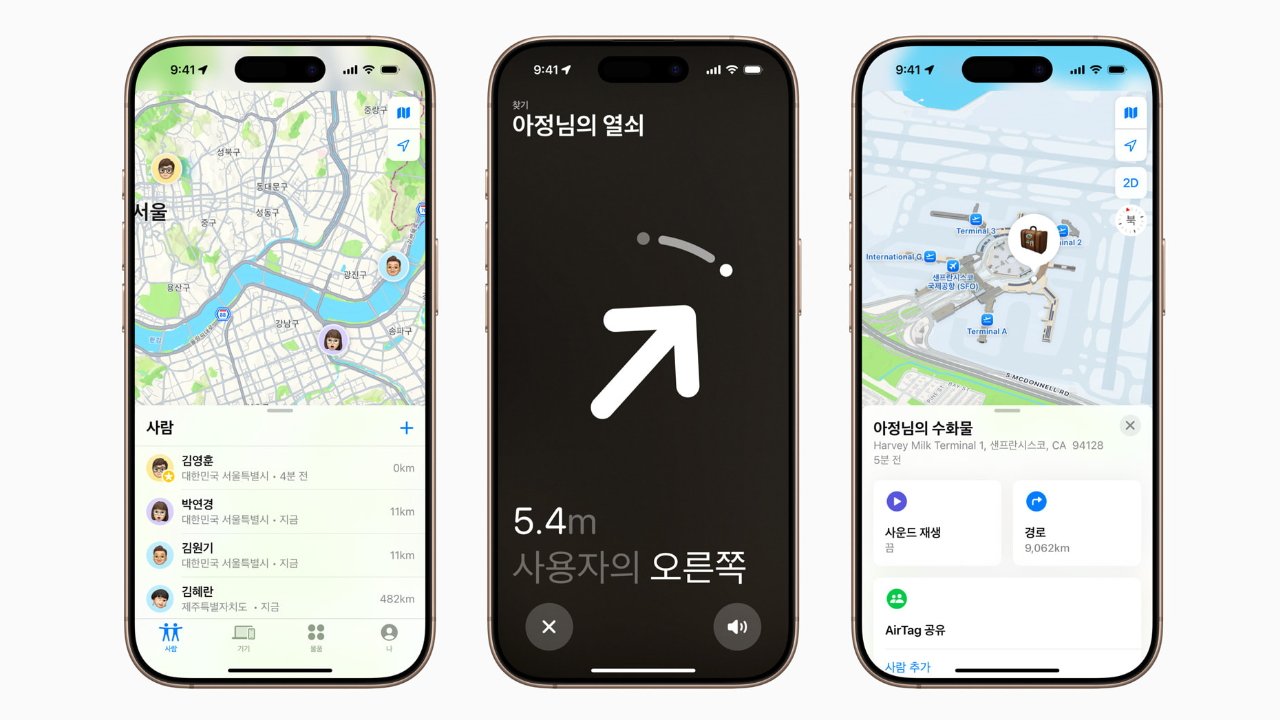
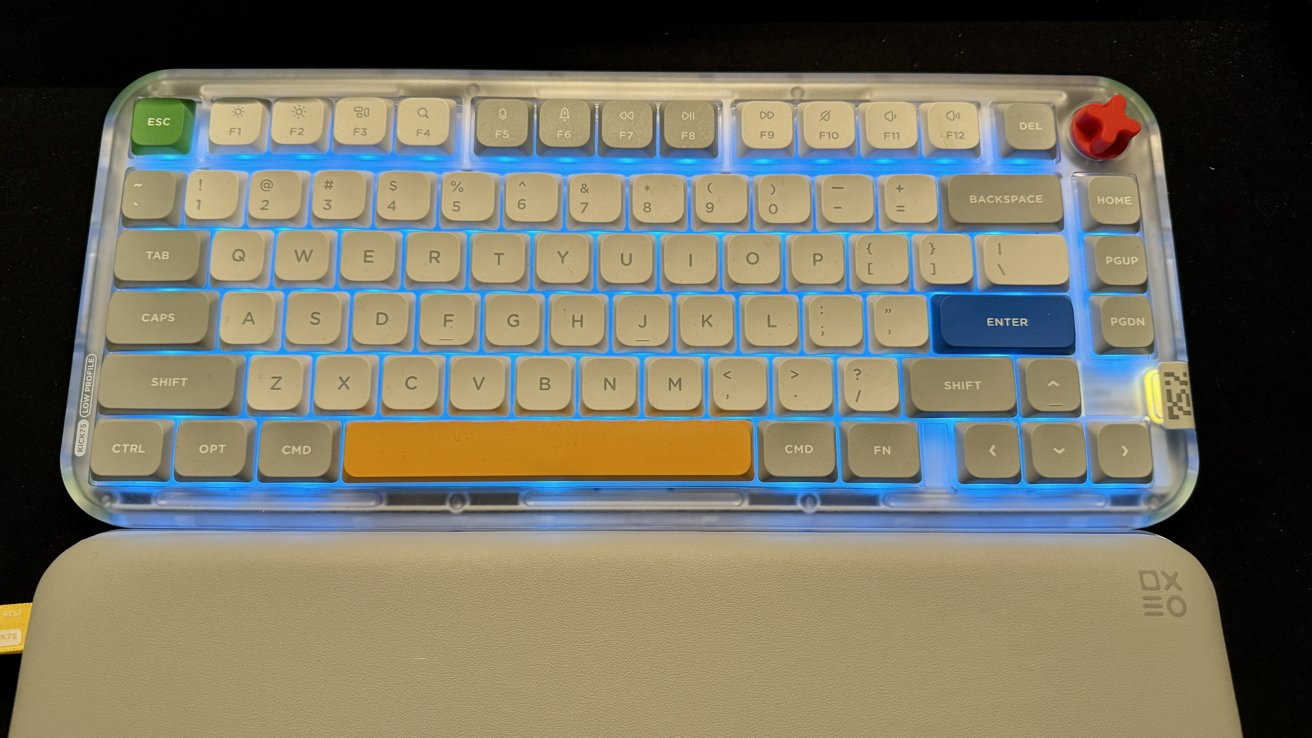
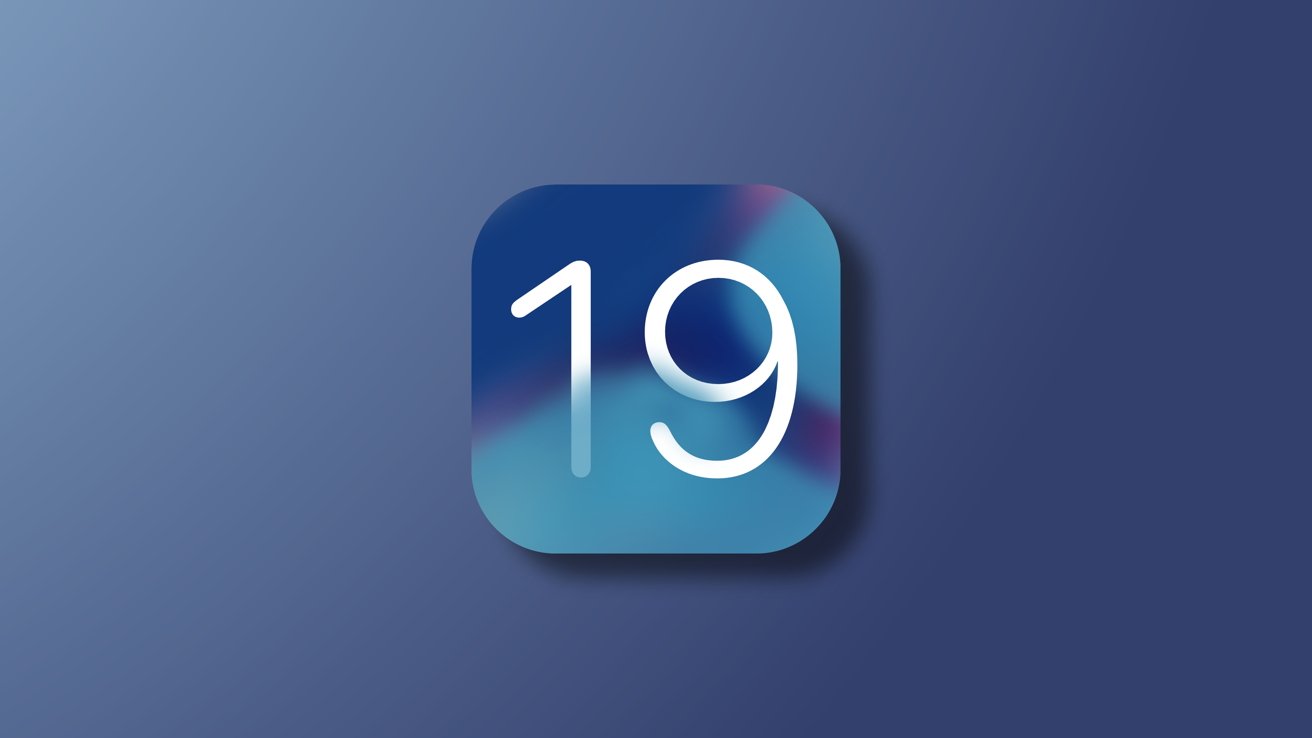
-xl-xl.jpg)

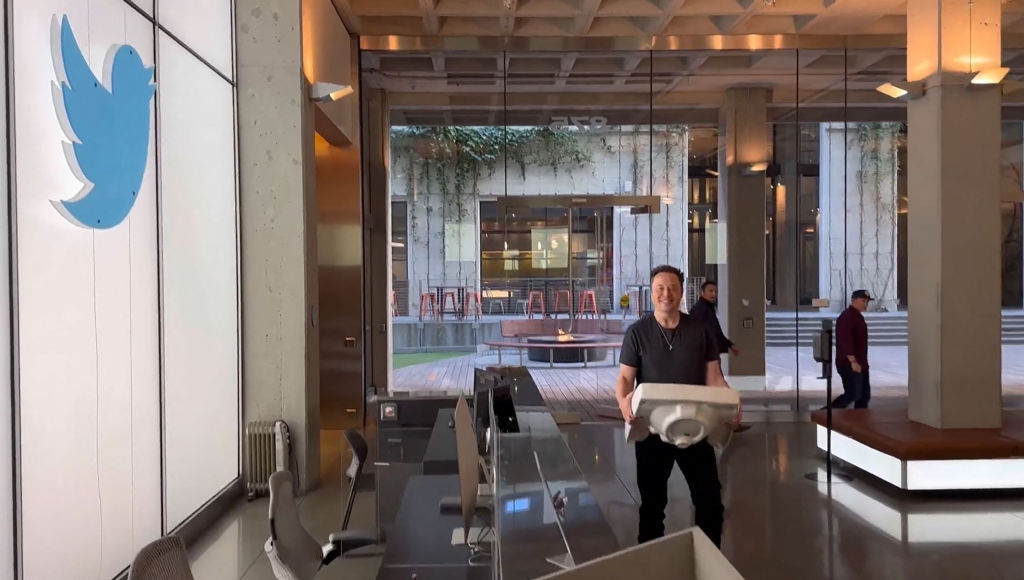






















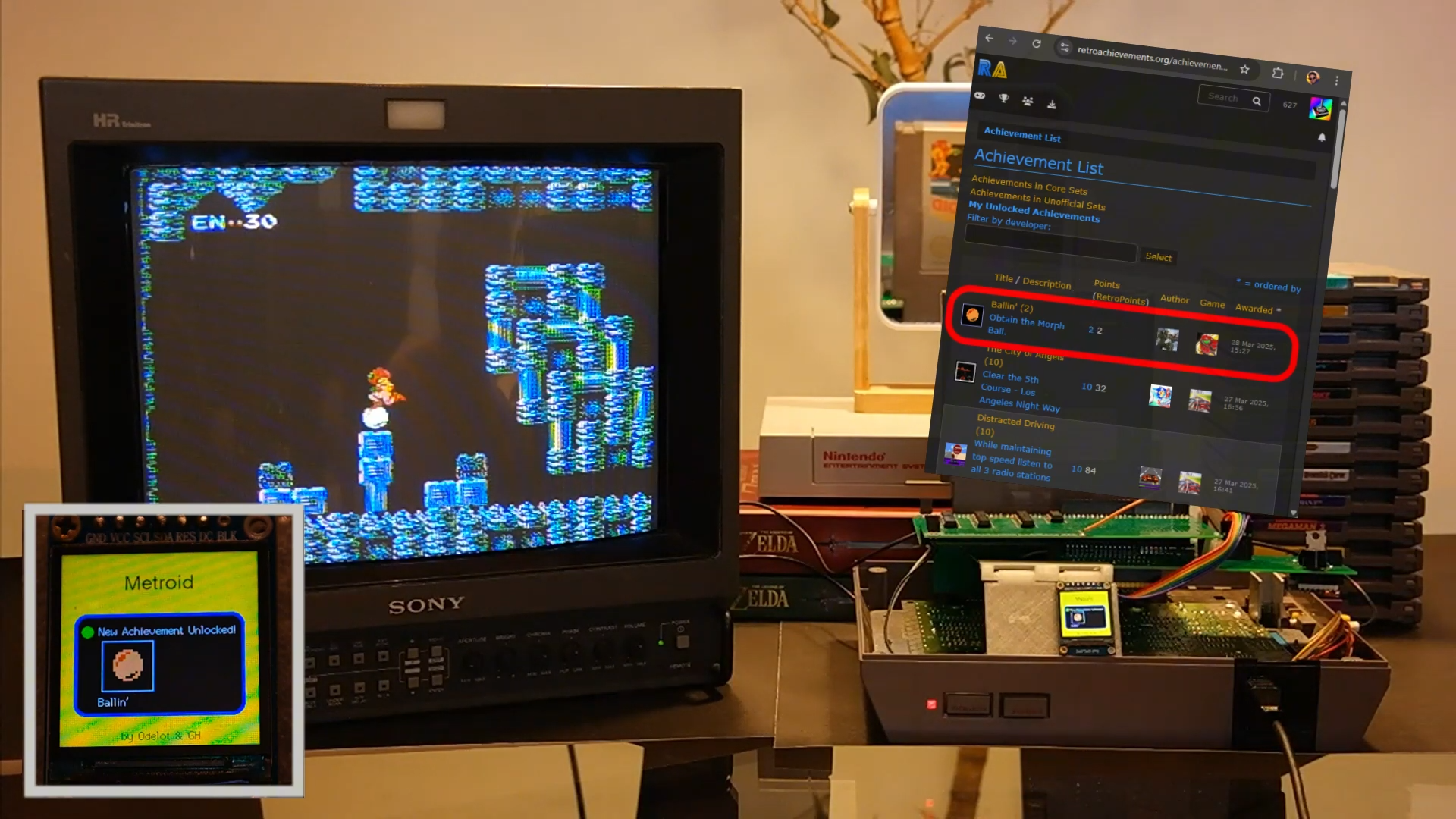
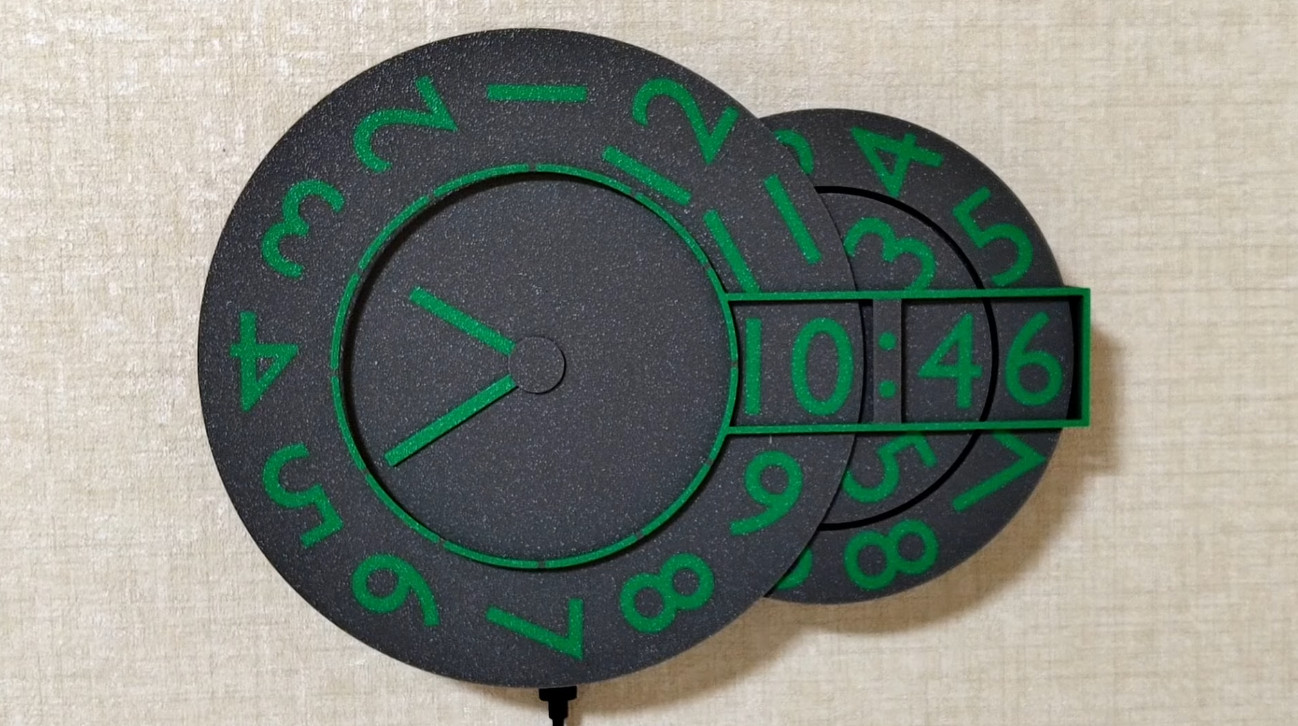
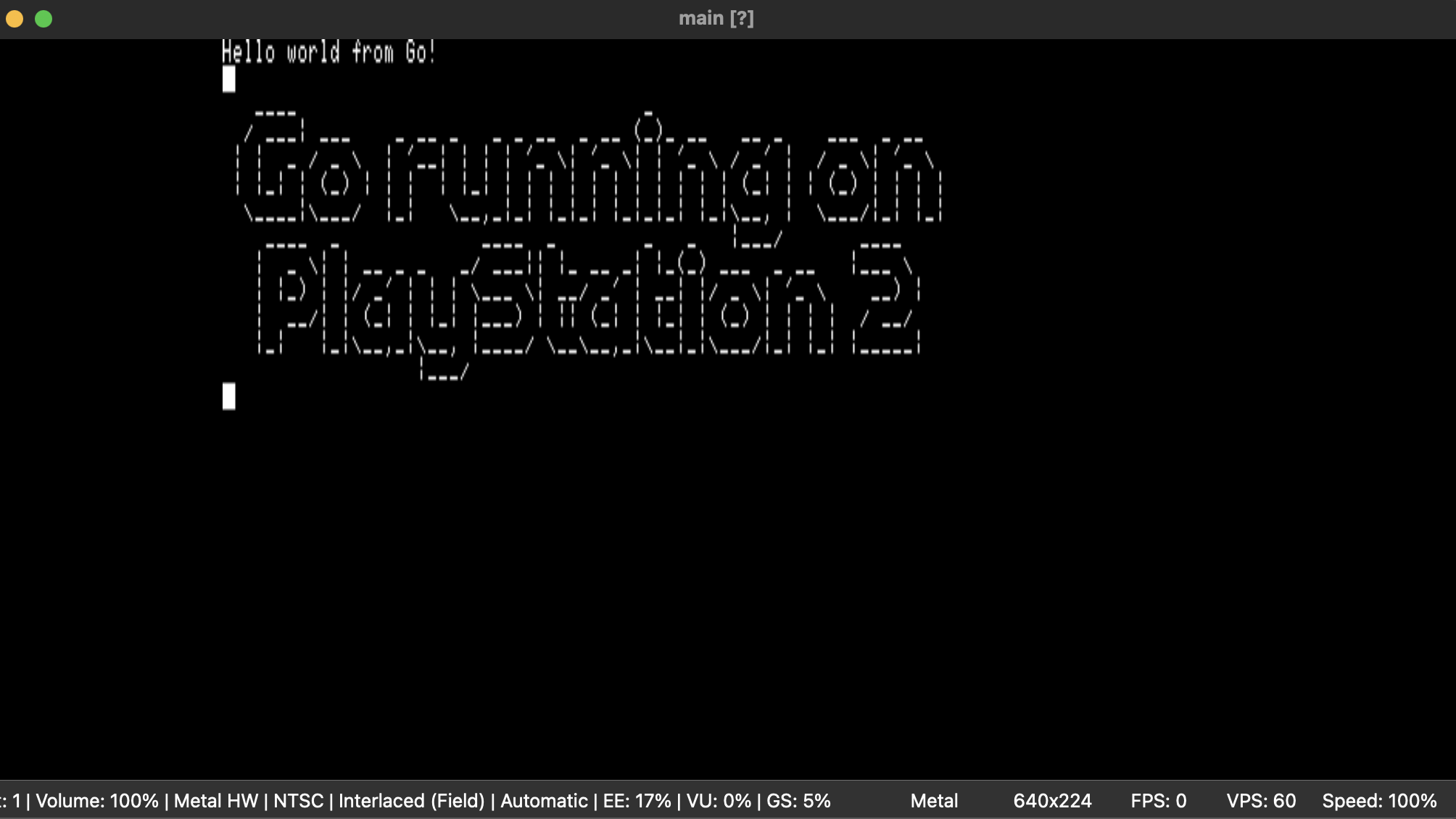
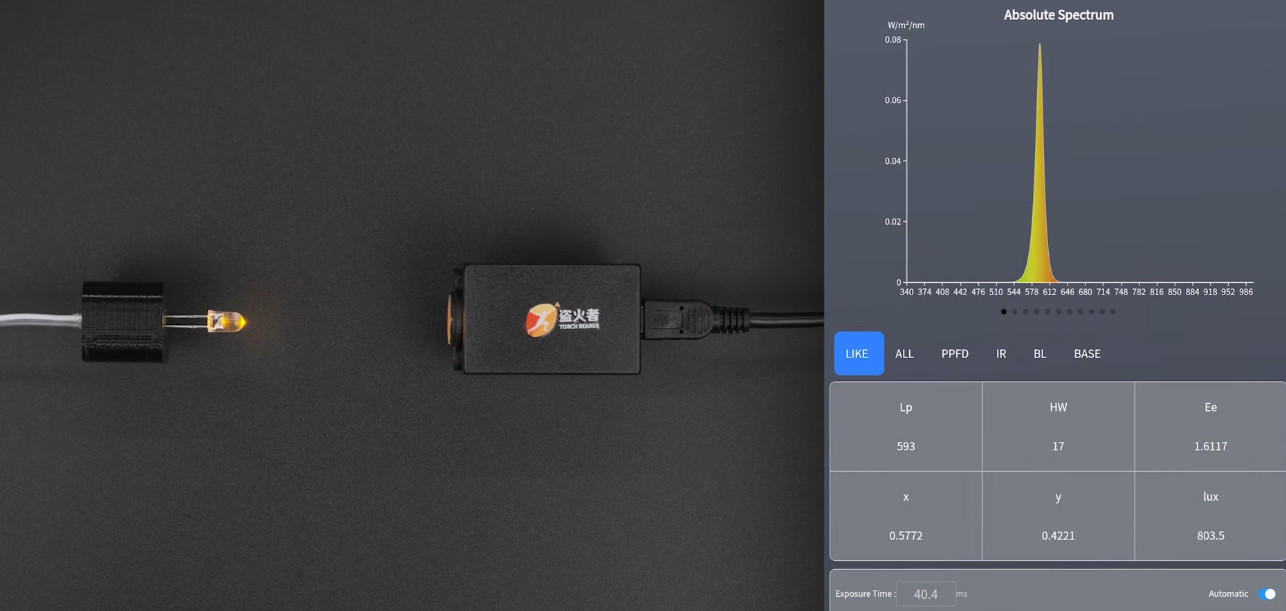












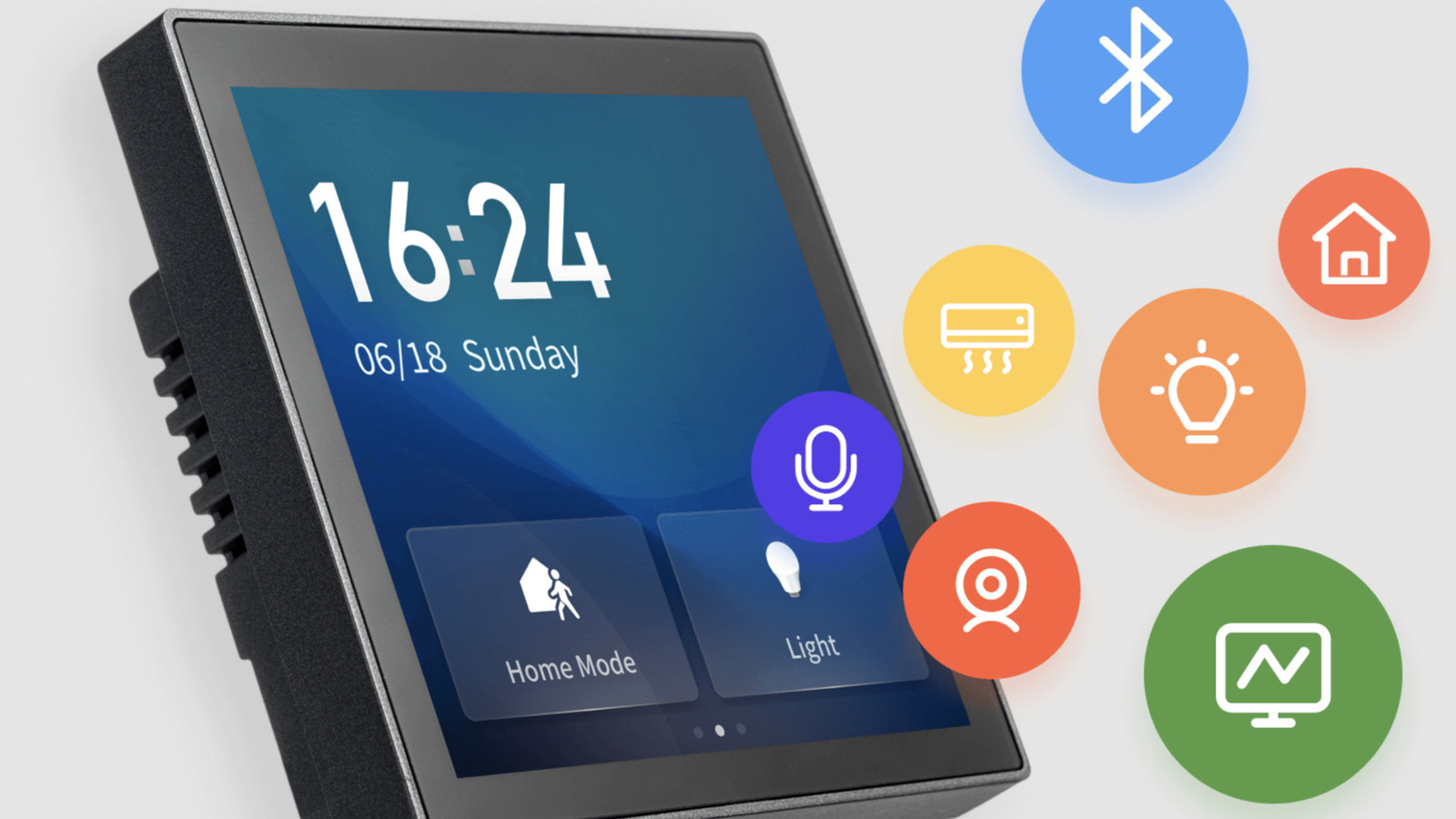

































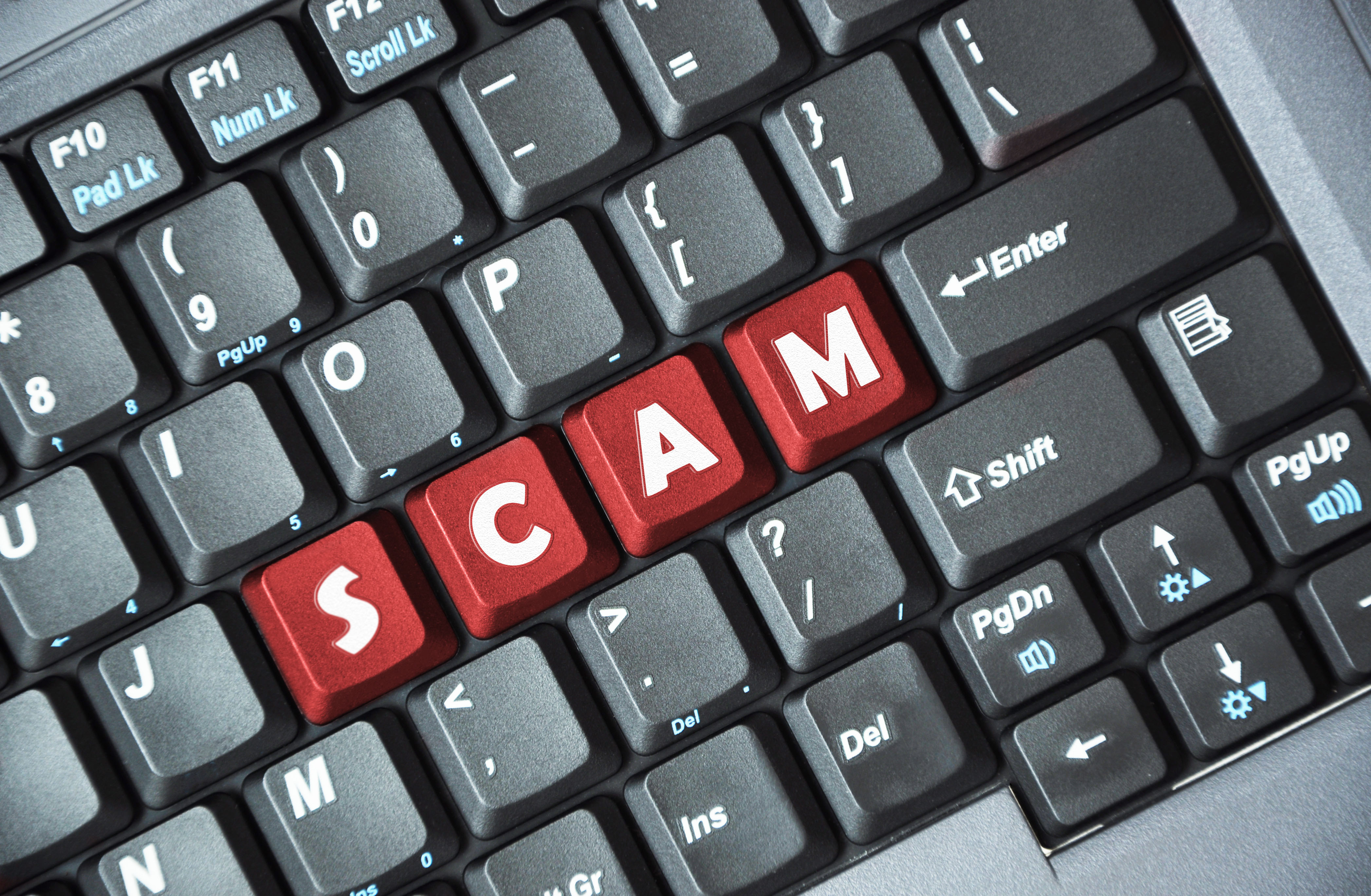

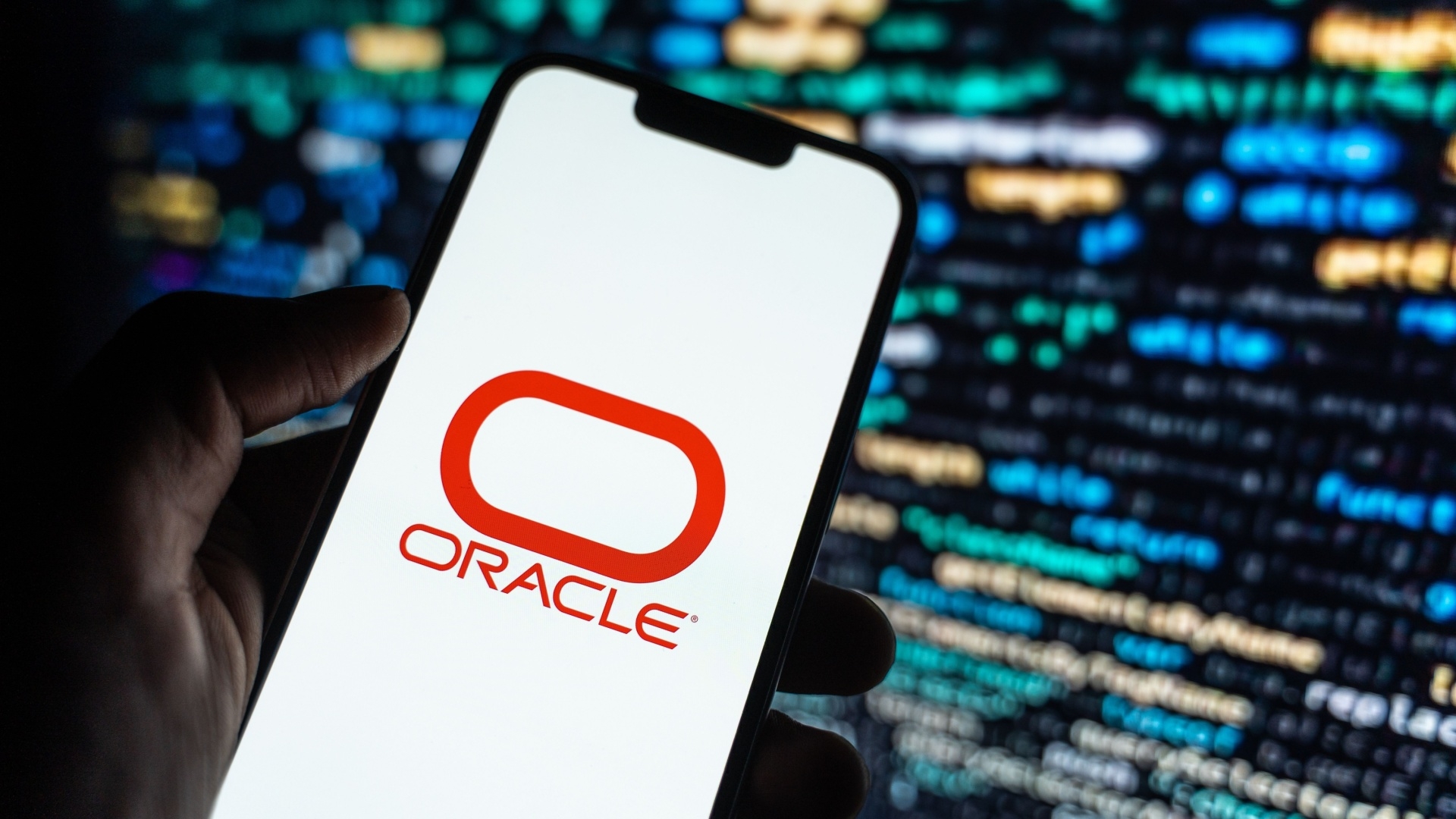





































































![[The AI Show Episode 141]: Road to AGI (and Beyond) #1 — The AI Timeline is Accelerating](https://www.marketingaiinstitute.com/hubfs/ep%20141.1.png)
![[The AI Show Episode 140]: New AGI Warnings, OpenAI Suggests Government Policy, Sam Altman Teases Creative Writing Model, Claude Web Search & Apple’s AI Woes](https://www.marketingaiinstitute.com/hubfs/ep%20140%20cover.png)
![[The AI Show Episode 139]: The Government Knows AGI Is Coming, Superintelligence Strategy, OpenAI’s $20,000 Per Month Agents & Top 100 Gen AI Apps](https://www.marketingaiinstitute.com/hubfs/ep%20139%20cover-2.png)


























































































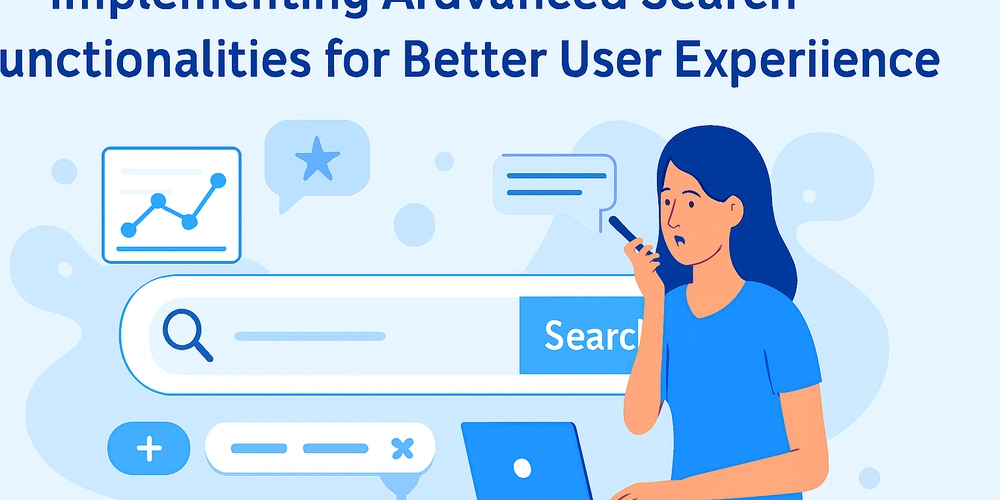
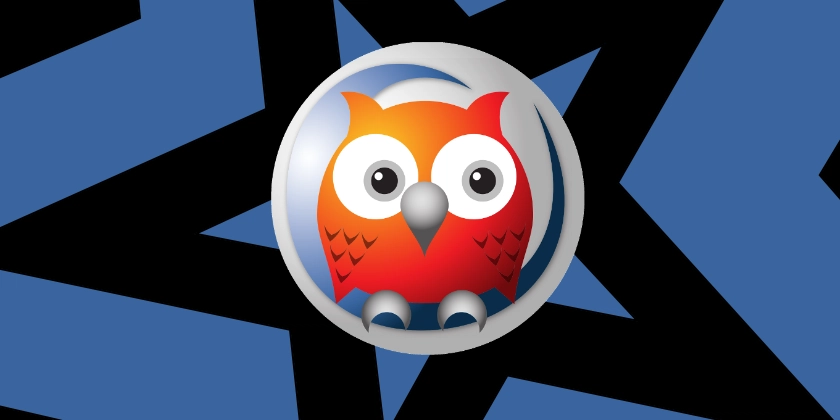
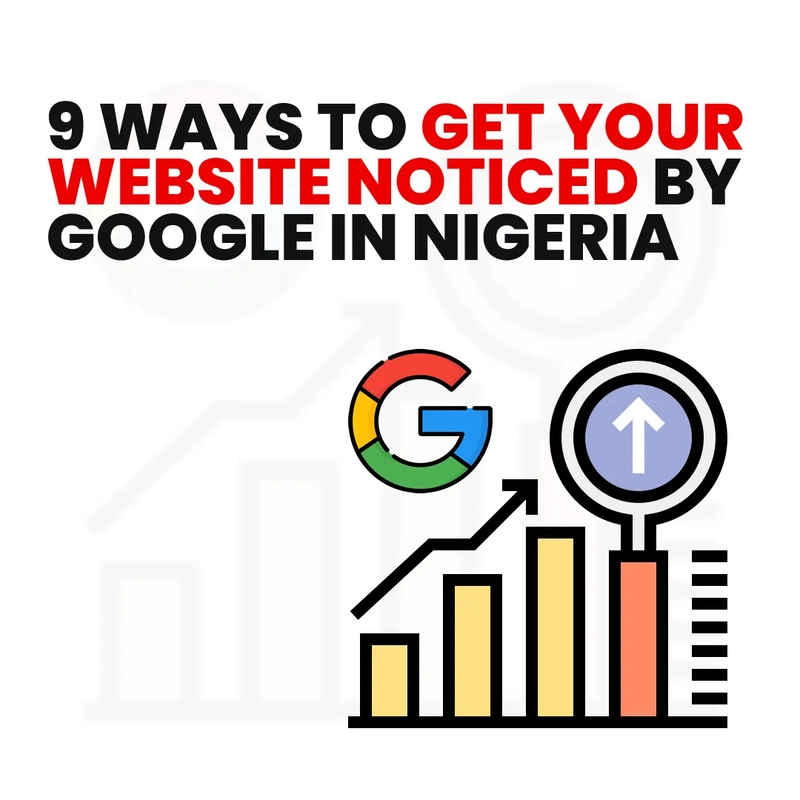
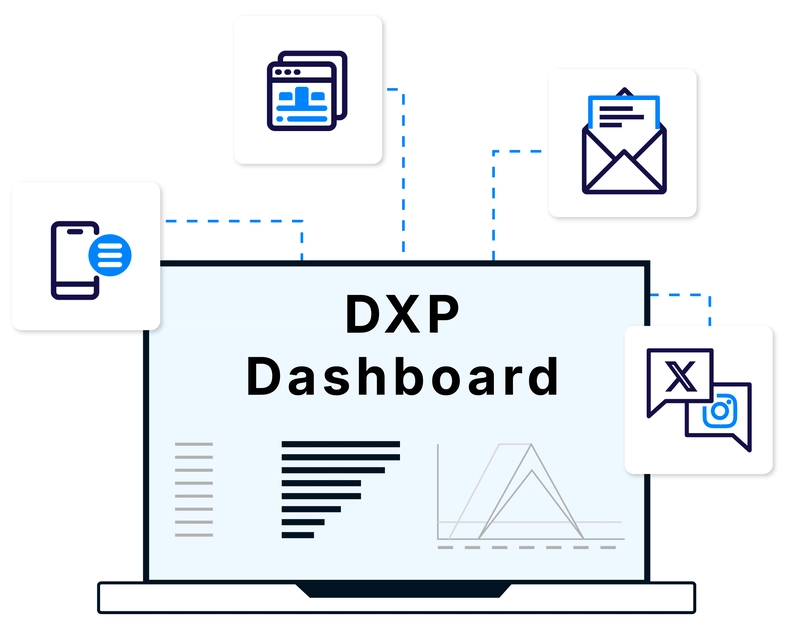



















![Is this a suitable approach to architect a flutter app? [closed]](https://i.sstatic.net/4hMHGb1L.png)






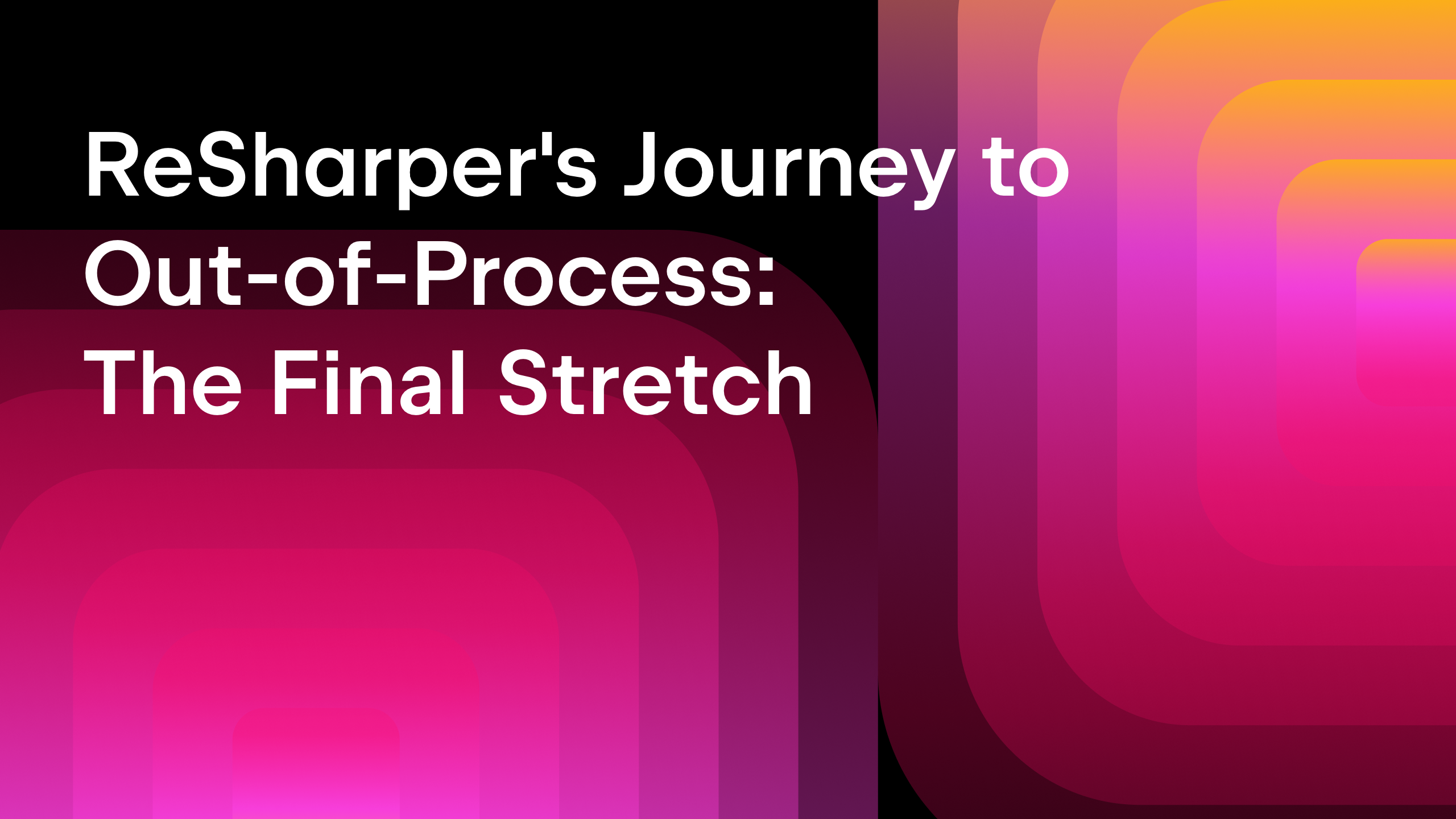
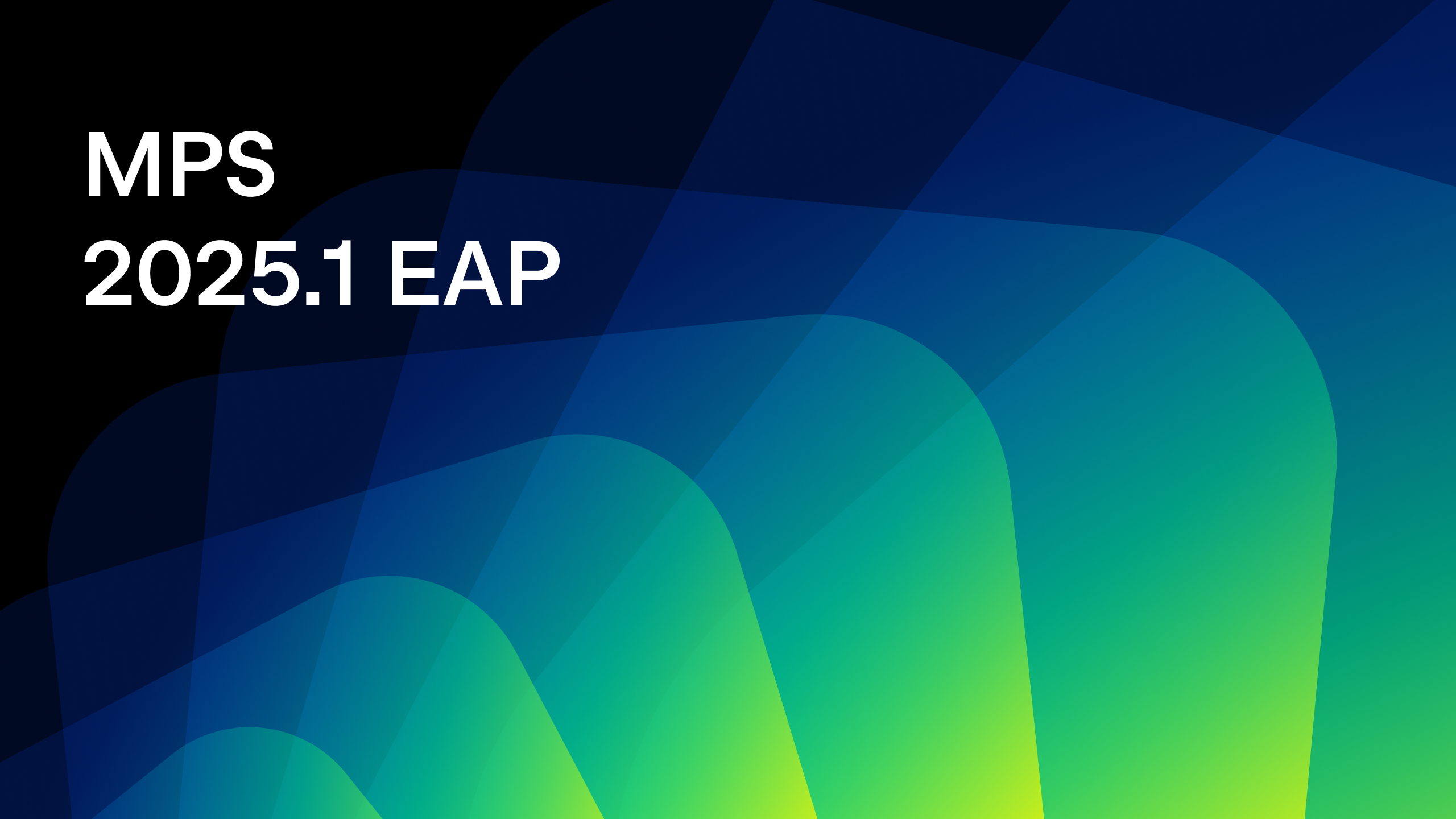








![From broke musician to working dev. How college drop-out Ryan Furrer taught himself to code [Podcast #166]](https://cdn.hashnode.com/res/hashnode/image/upload/v1743189826063/2080cde4-6fc0-46fb-b98d-b3d59841e8c4.png?#)































-1280x720.jpg?width=1920&height=1920&fit=bounds&quality=80&format=jpg&auto=webp#)
